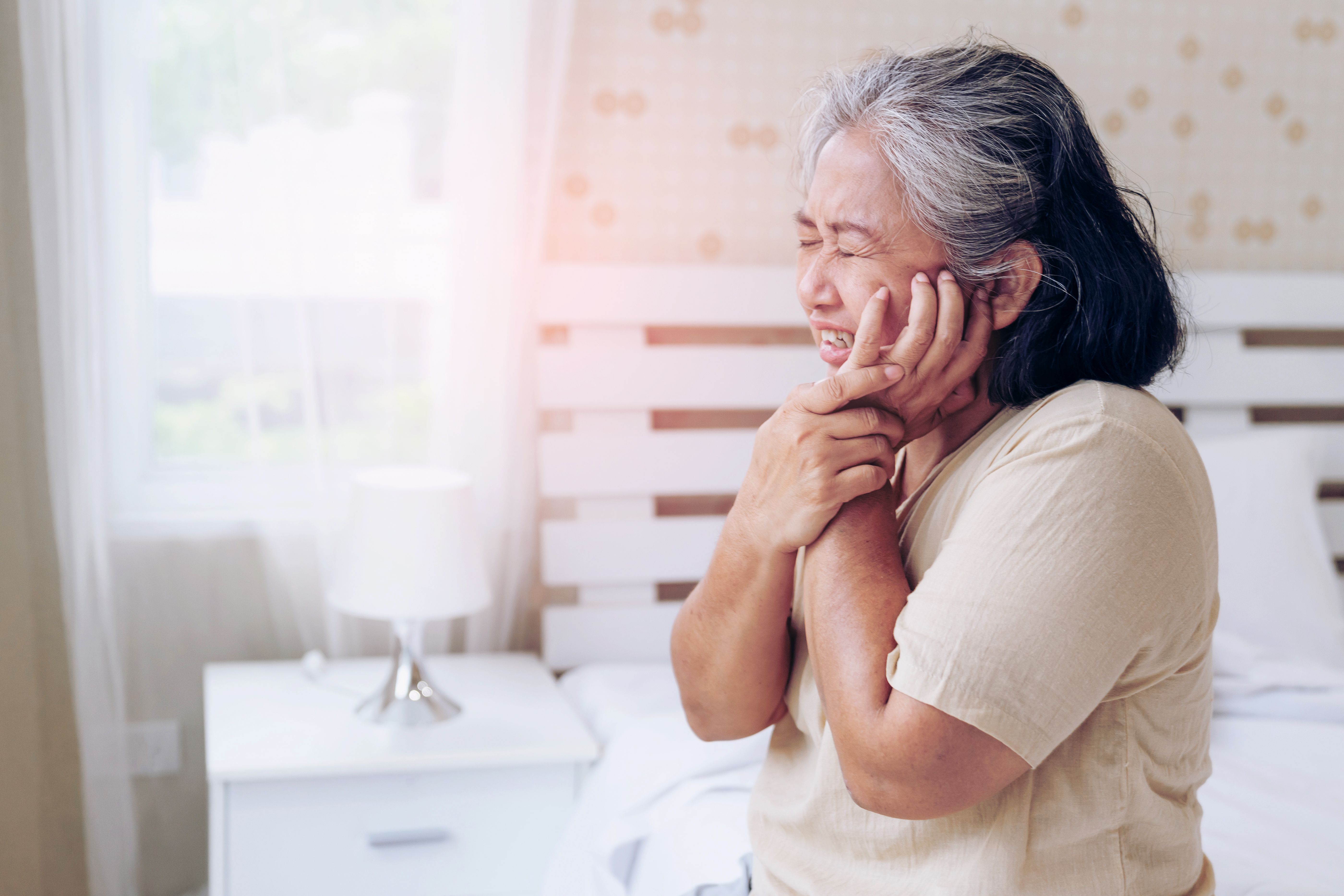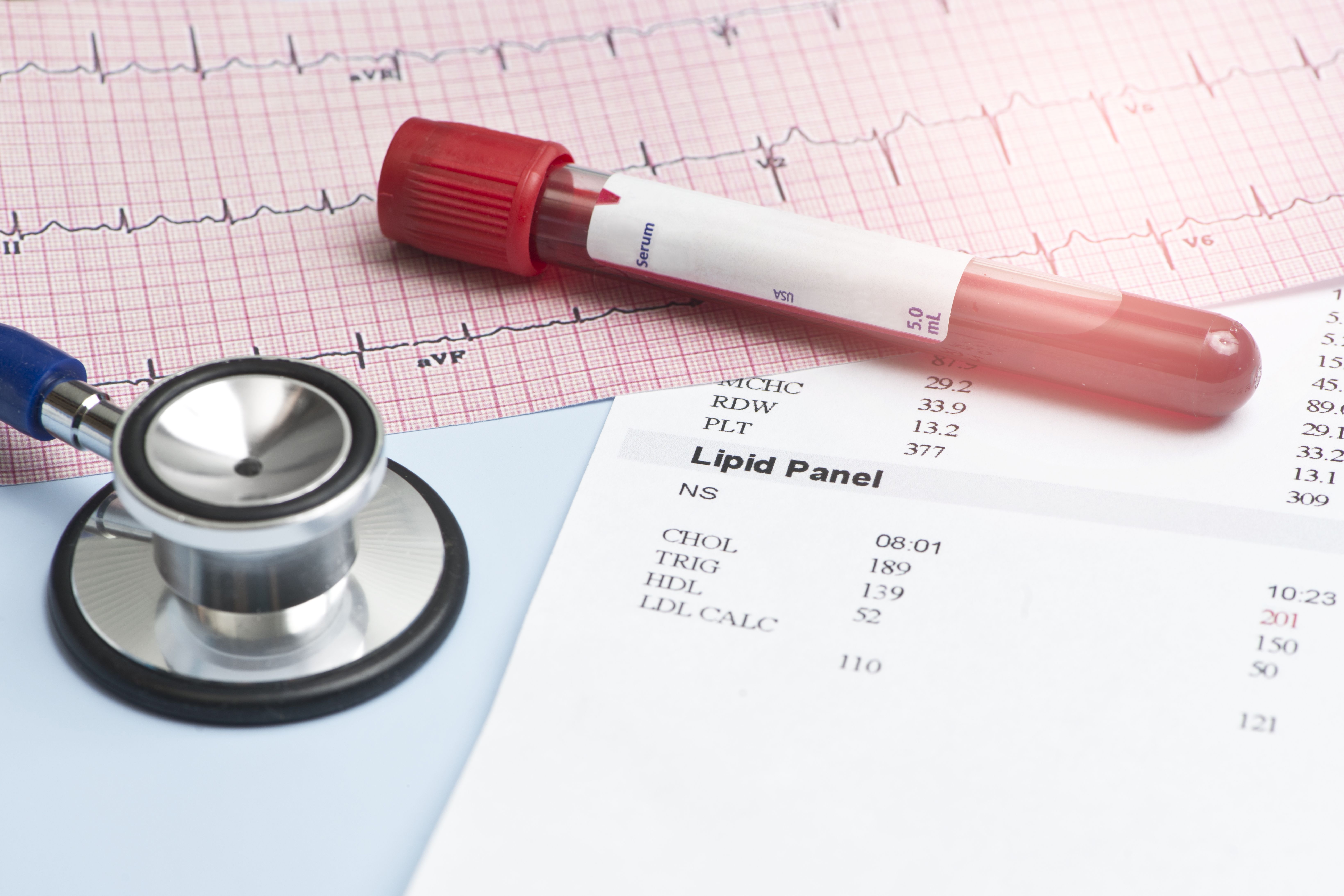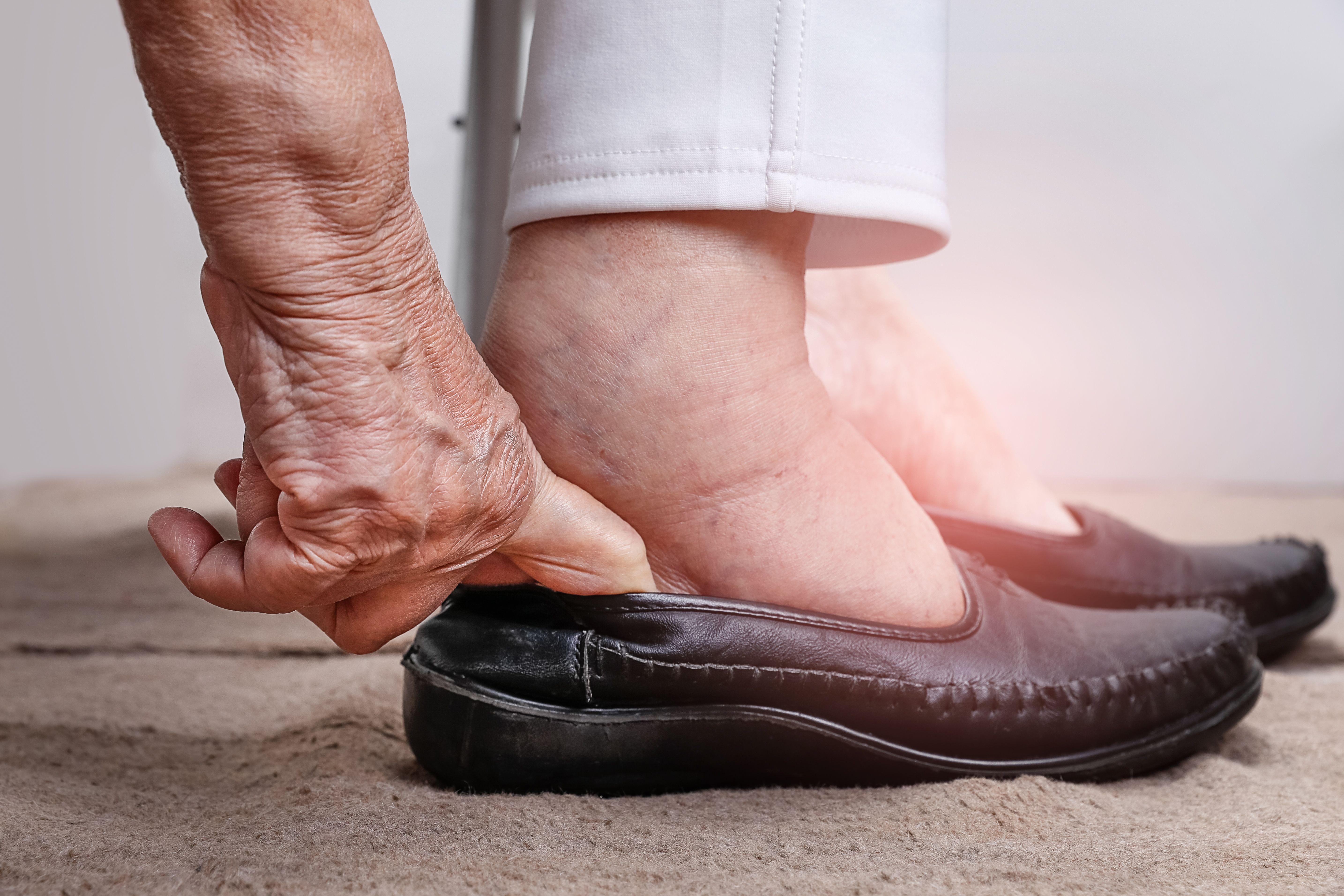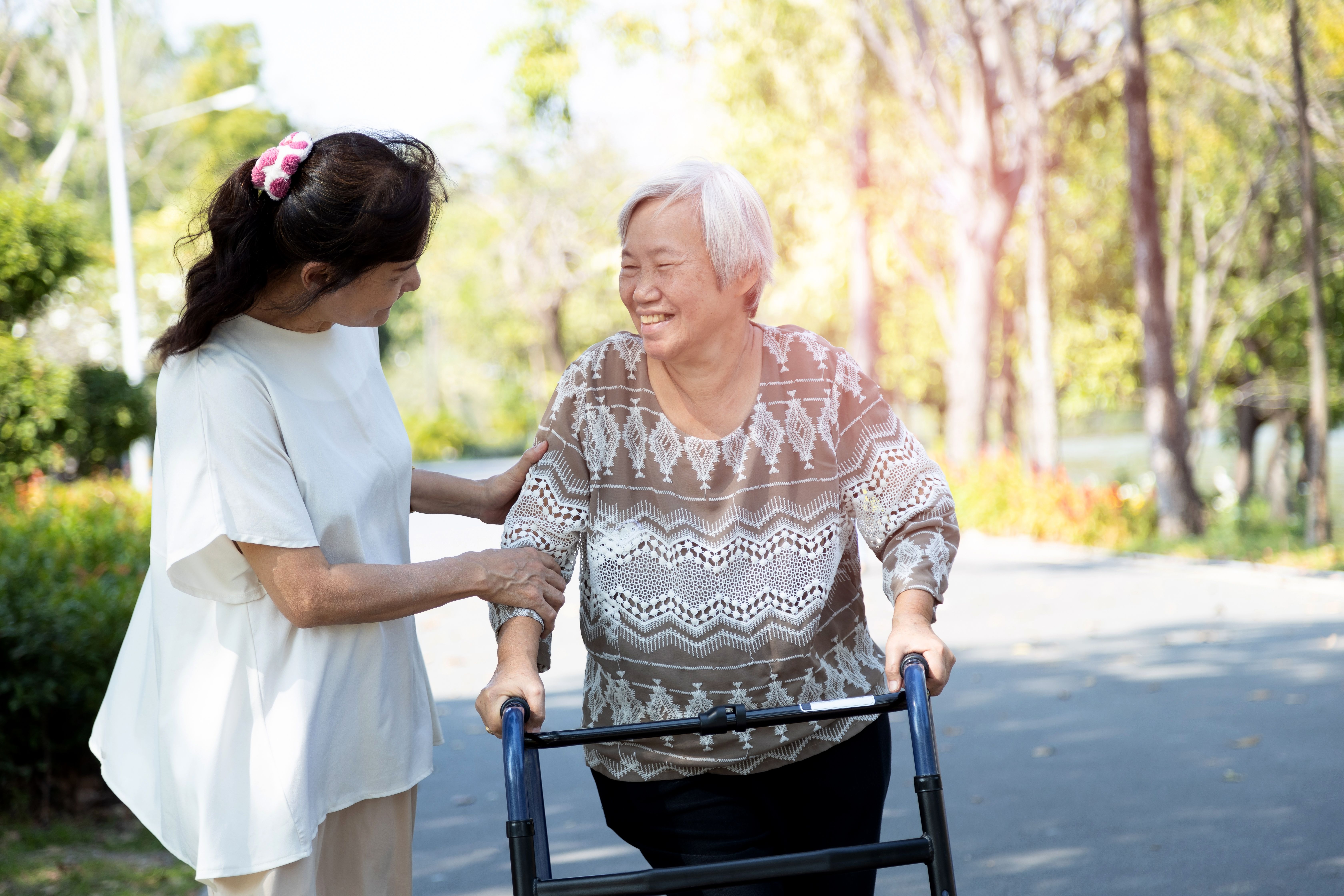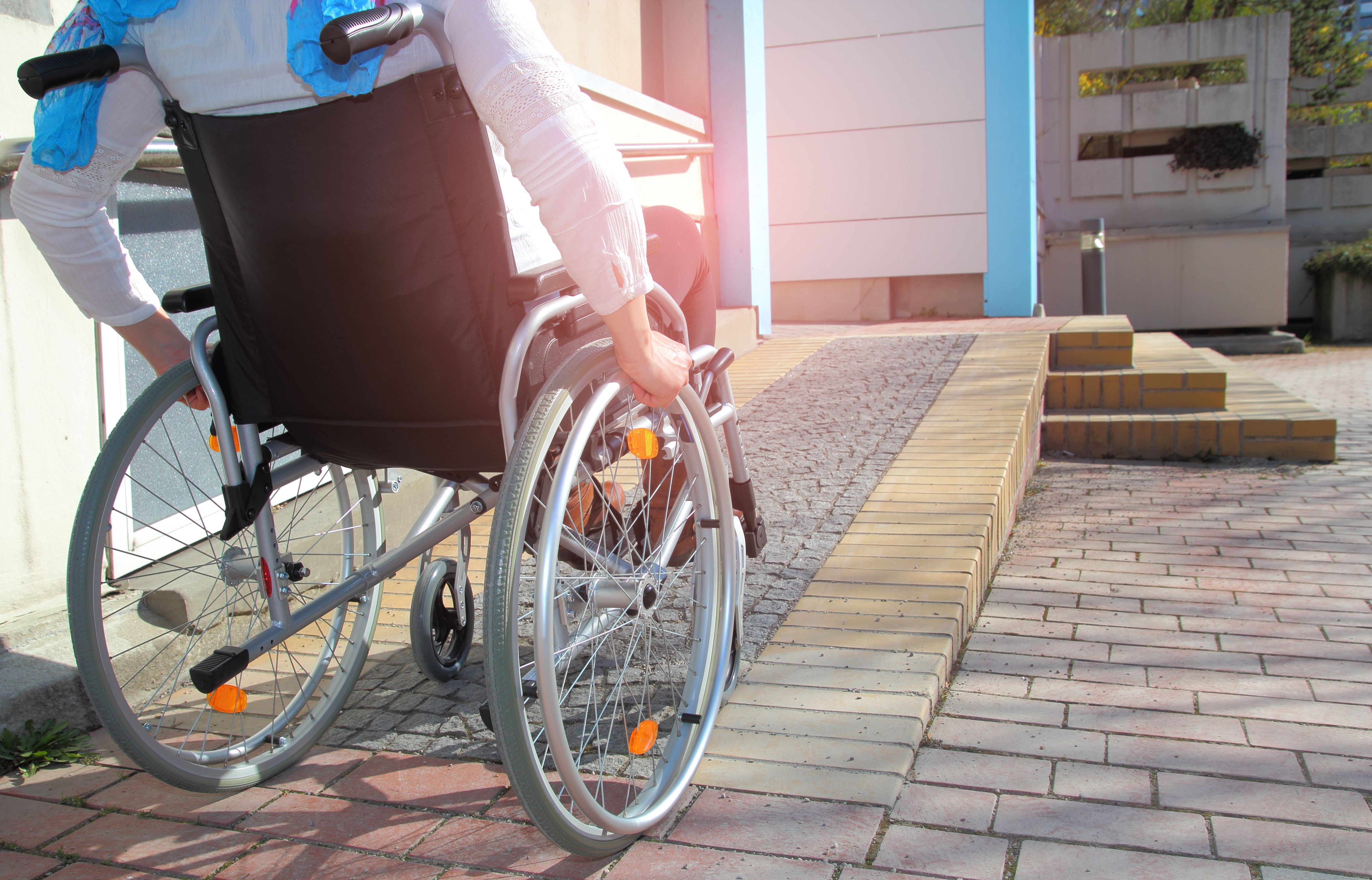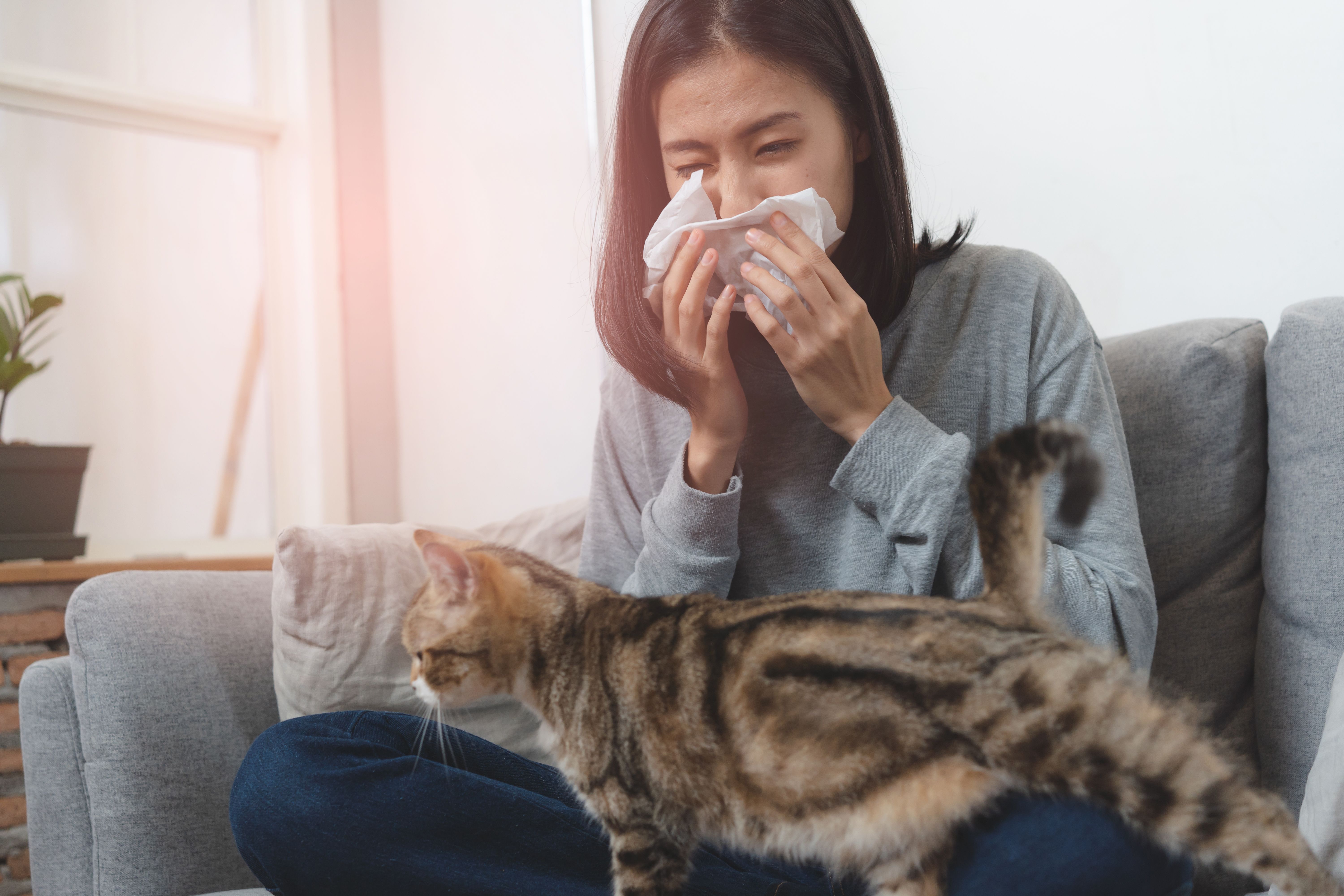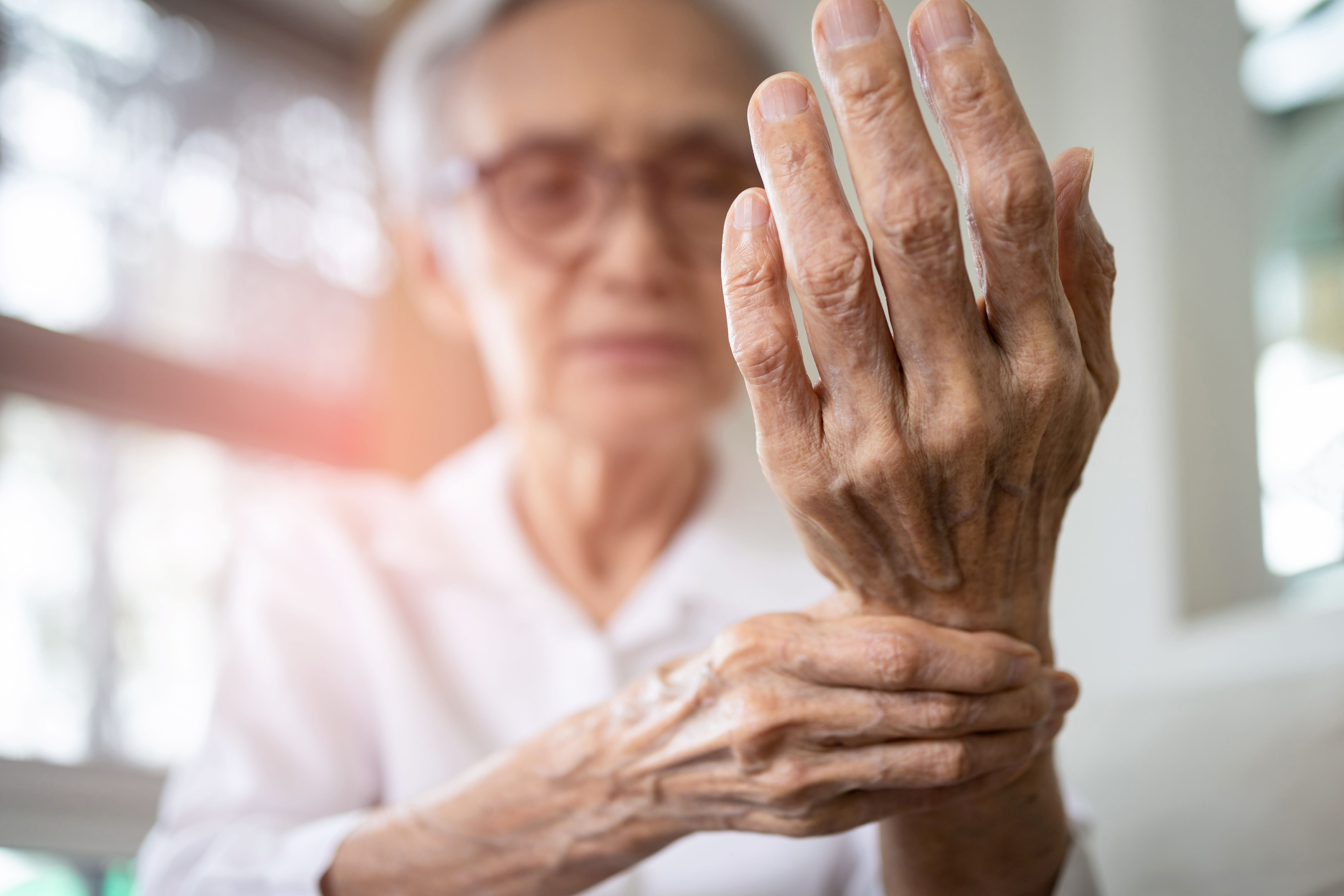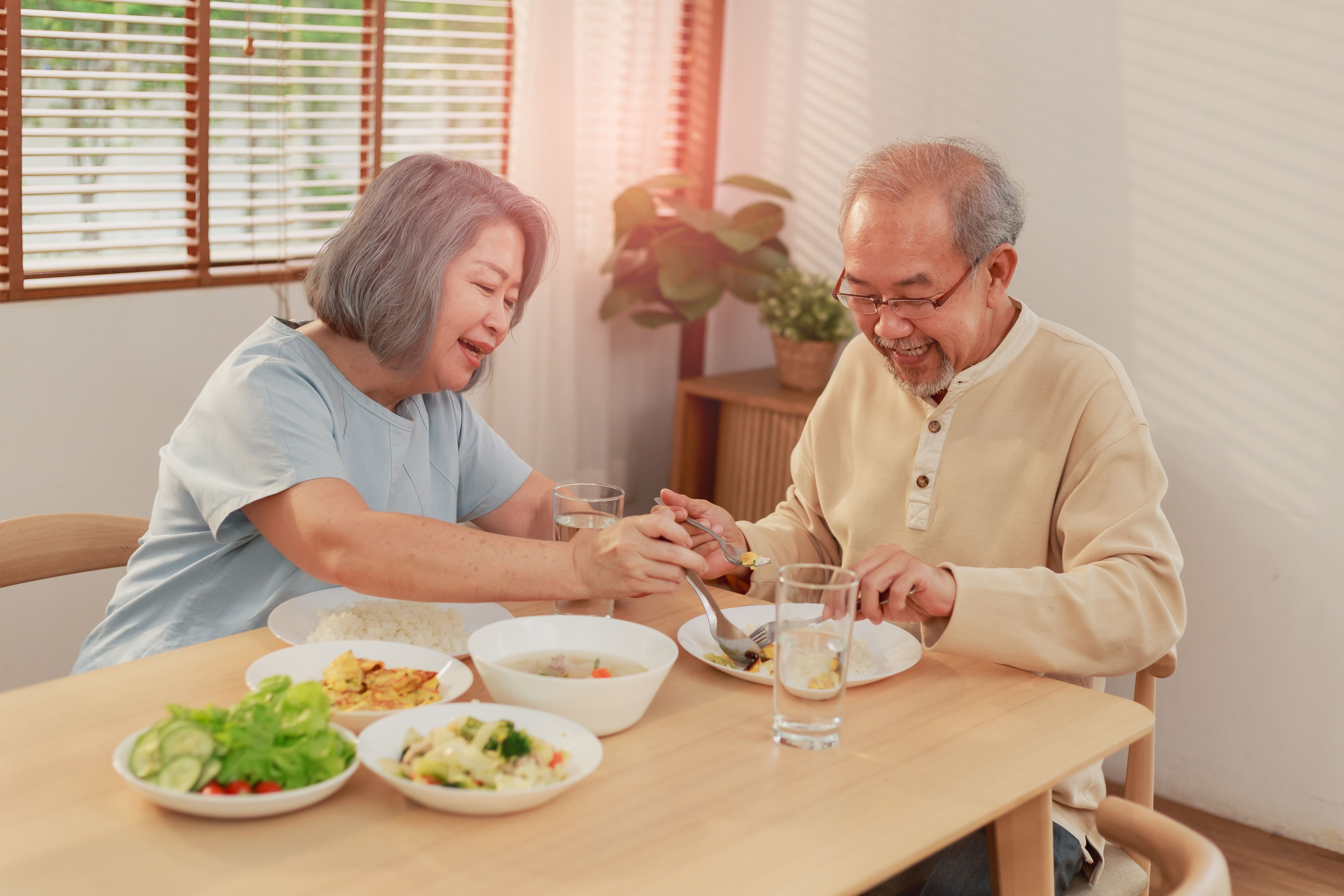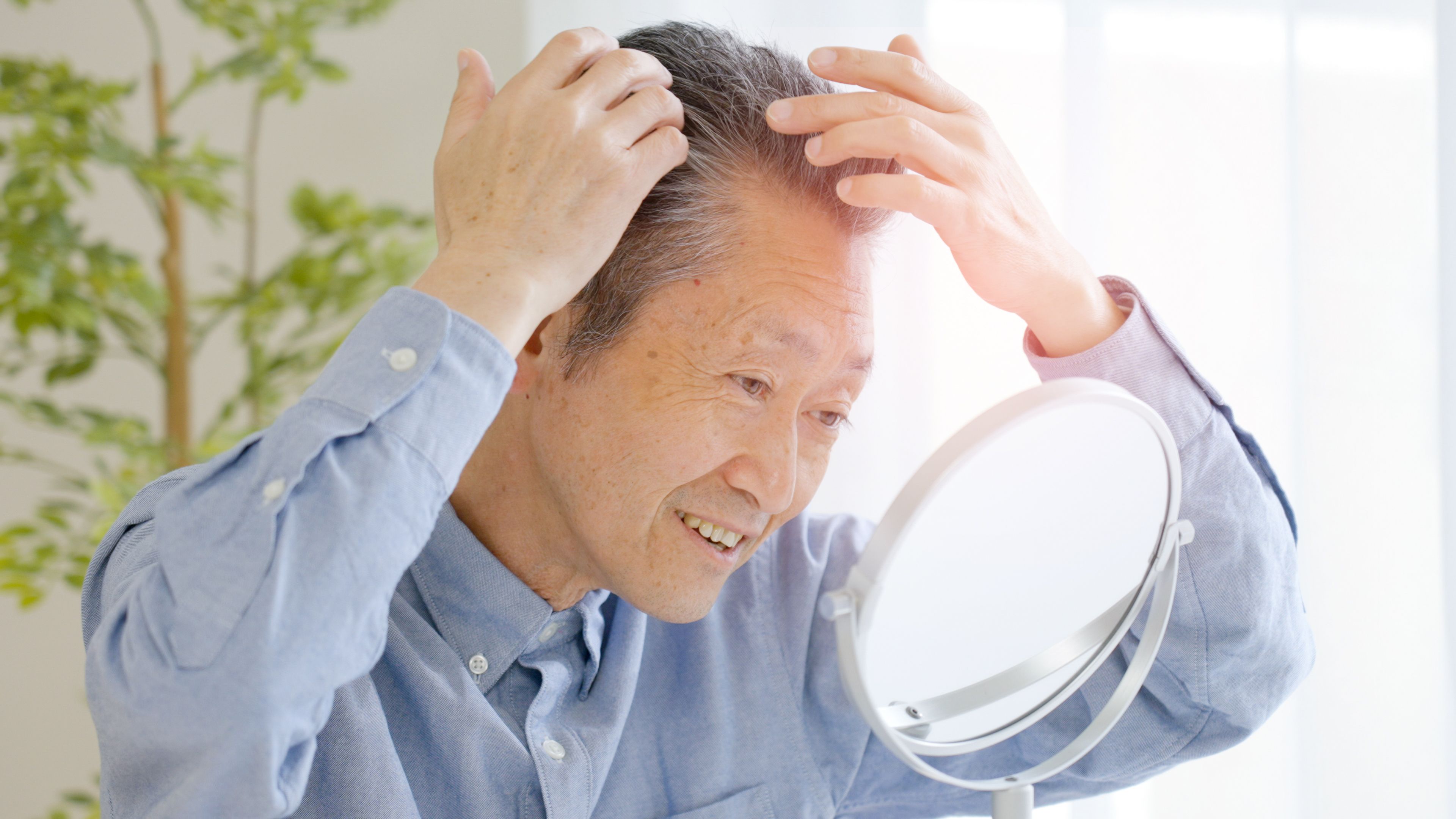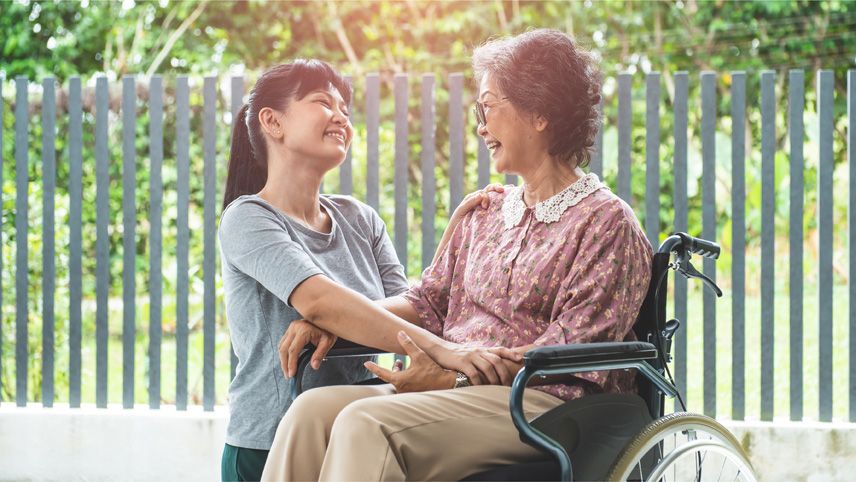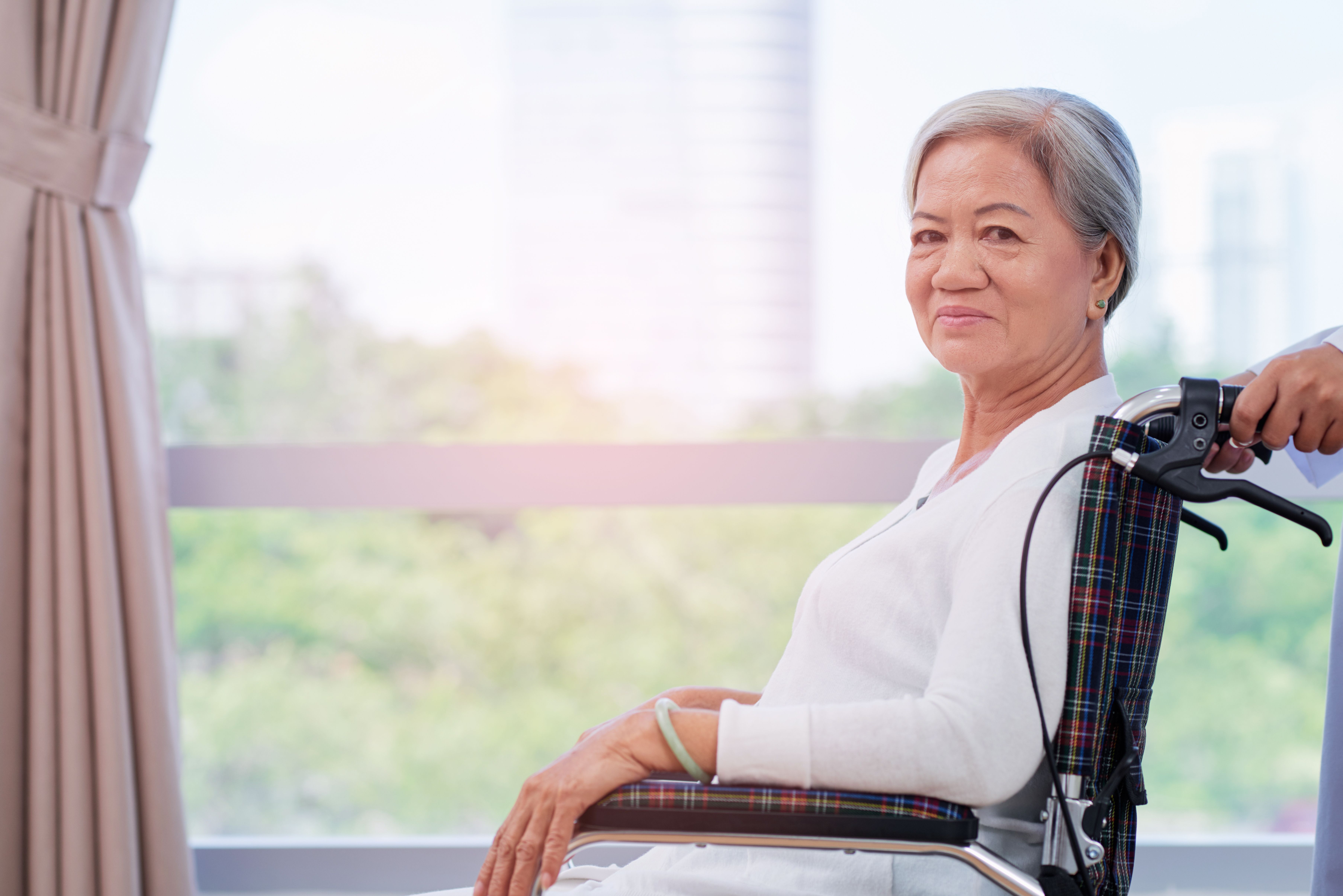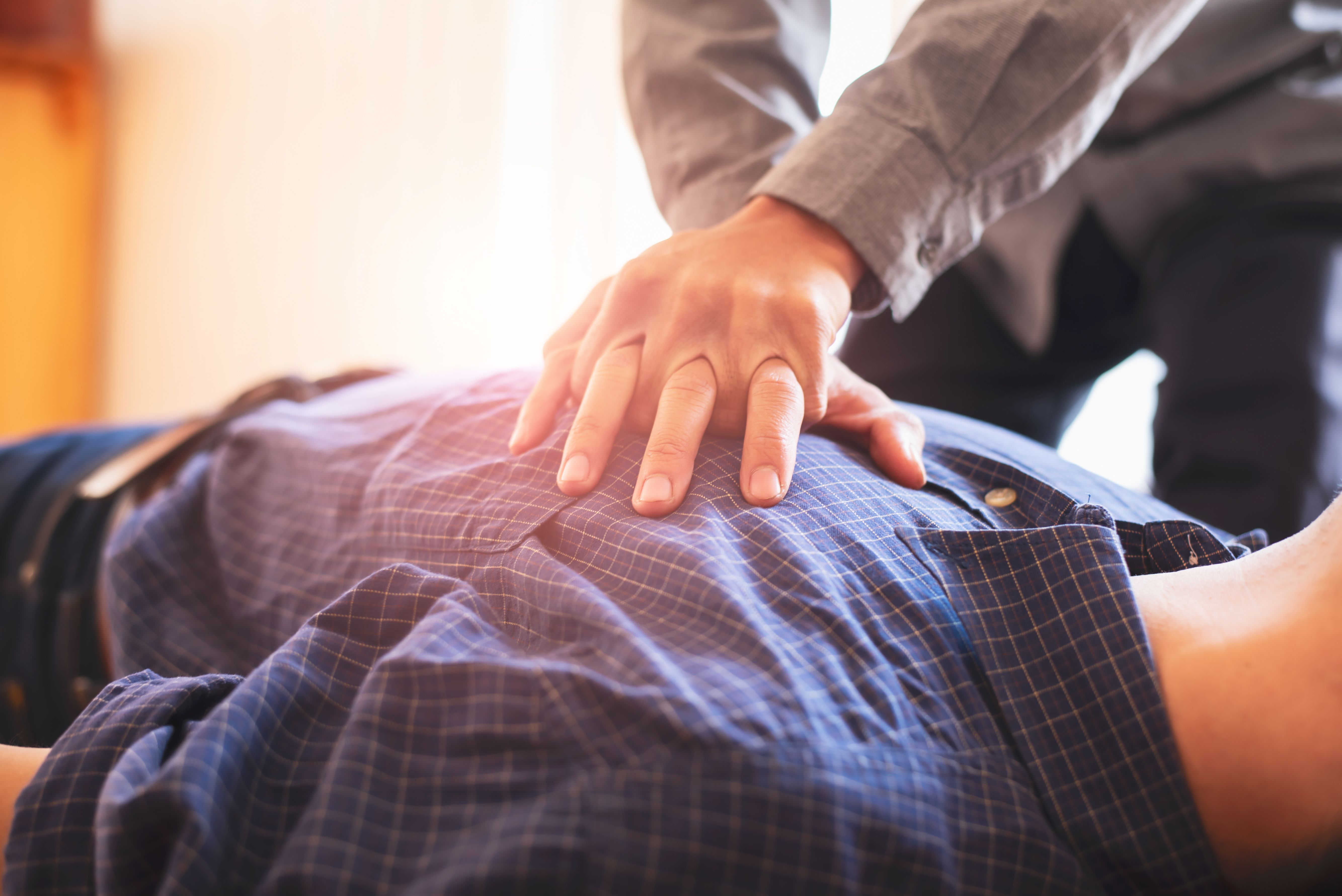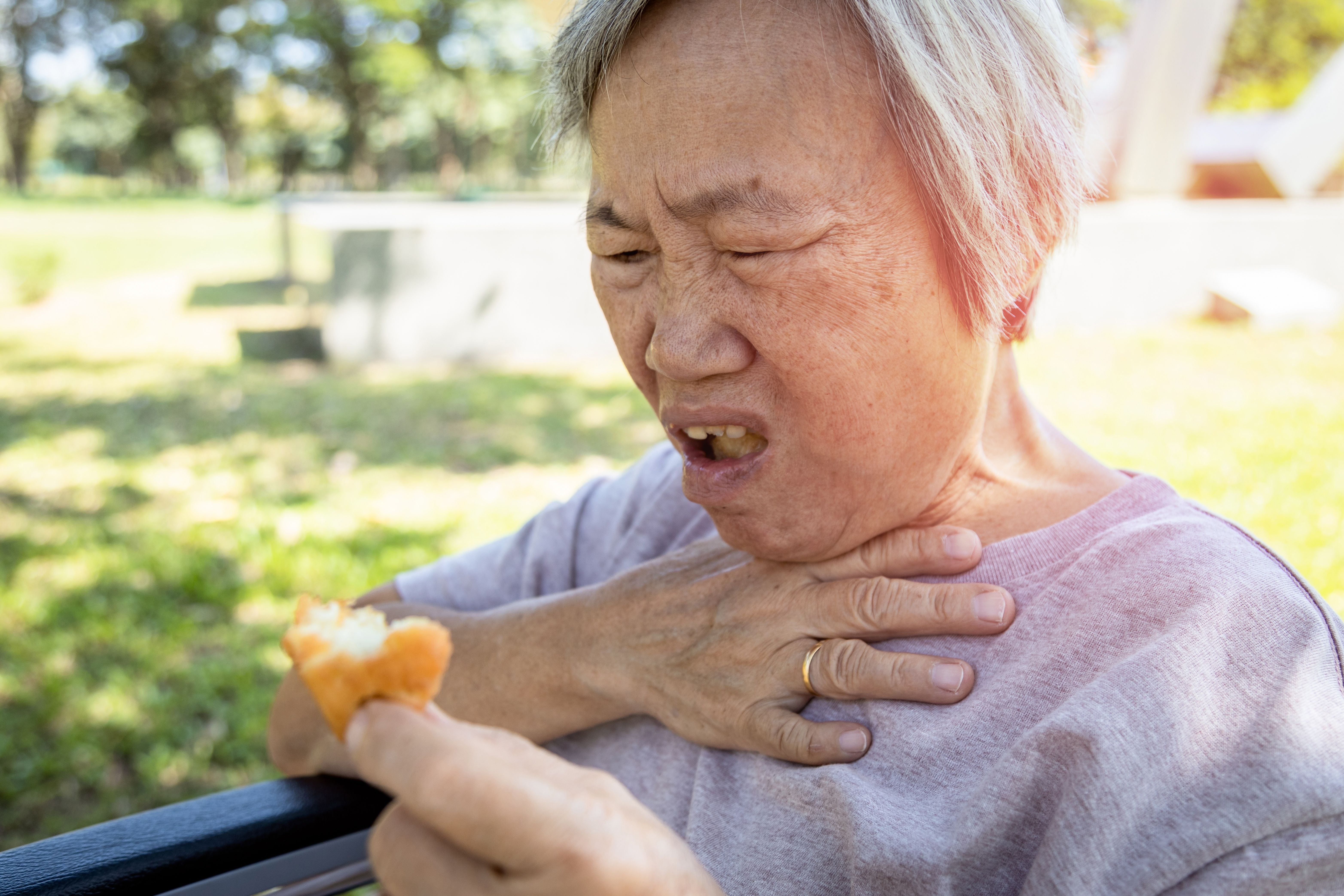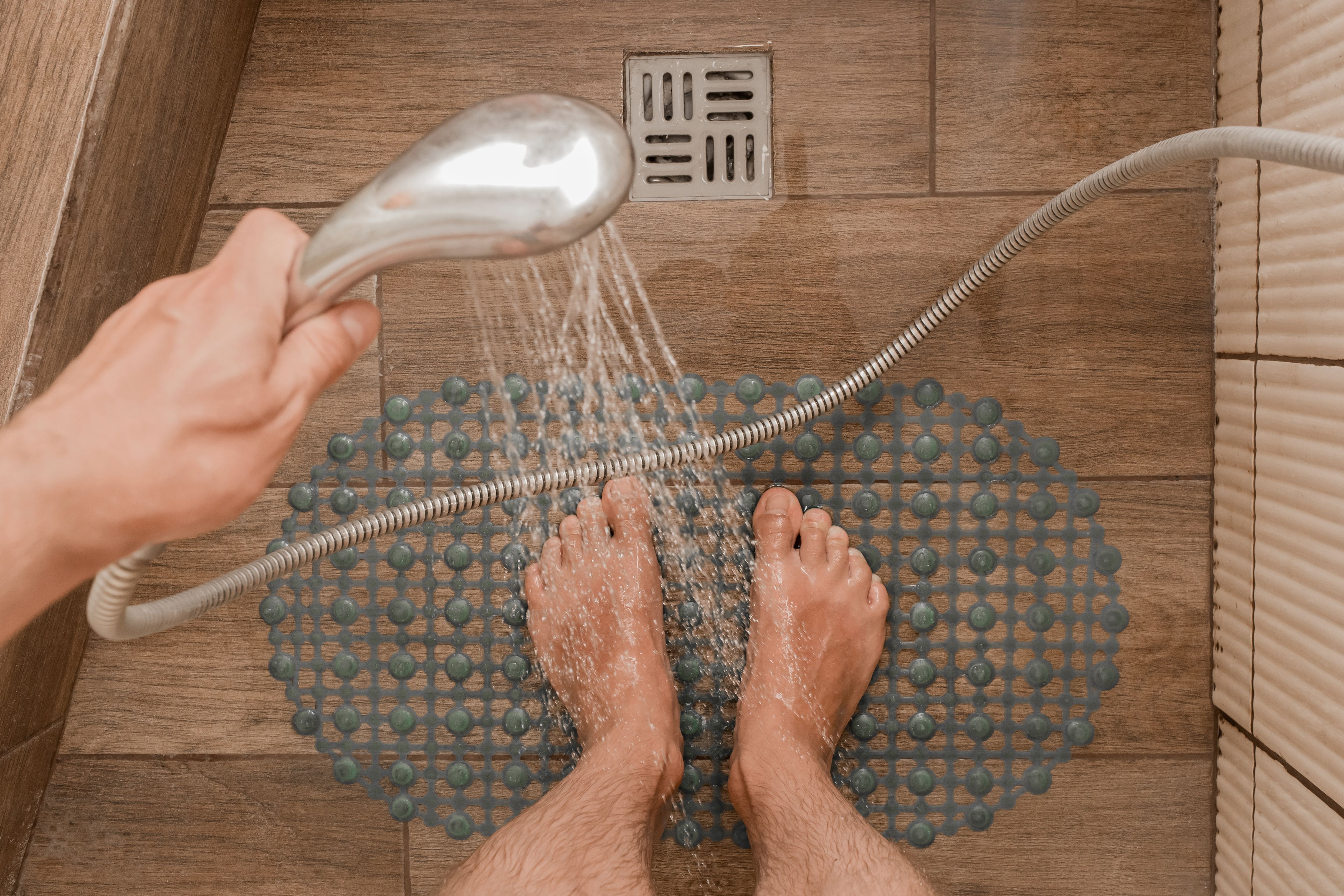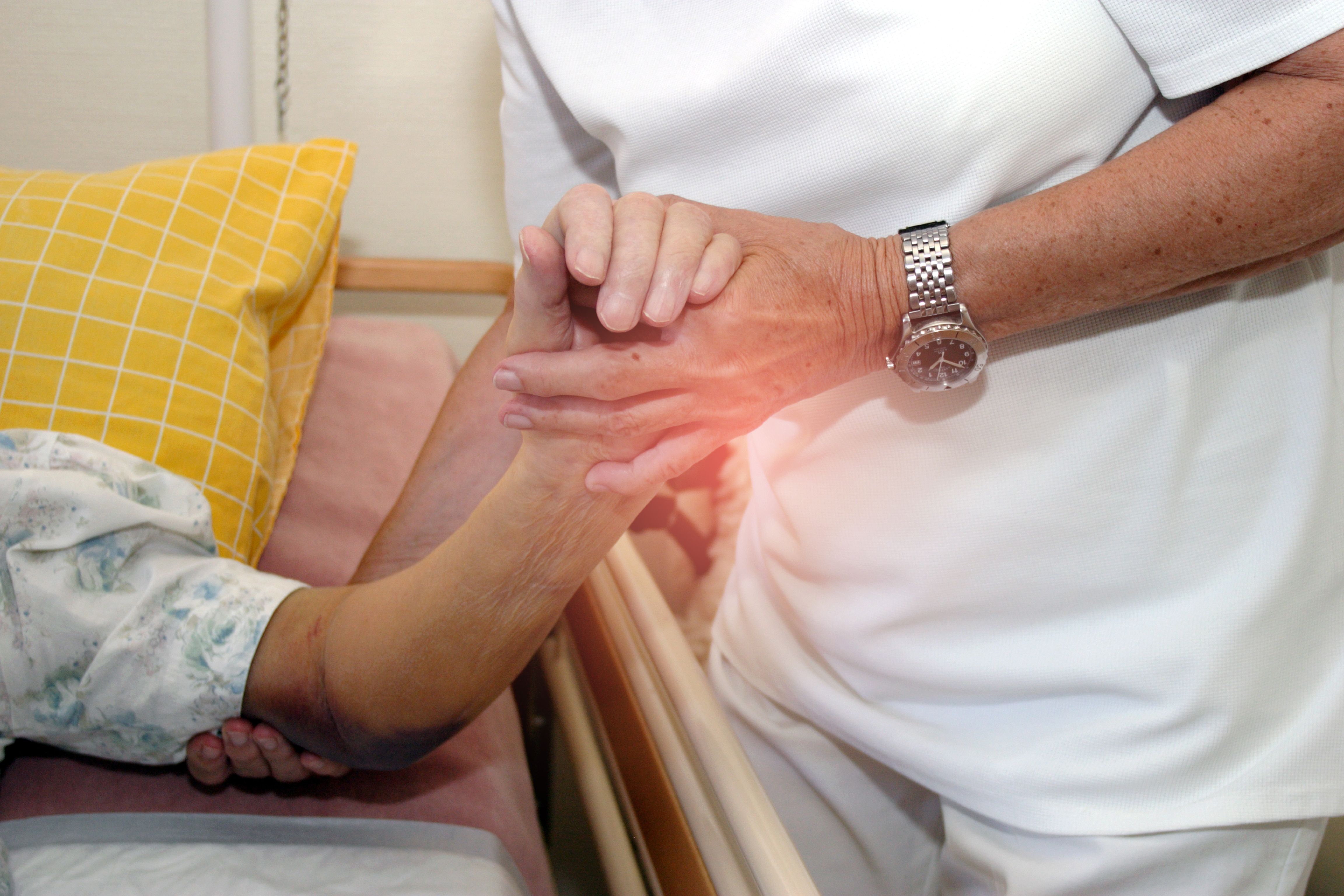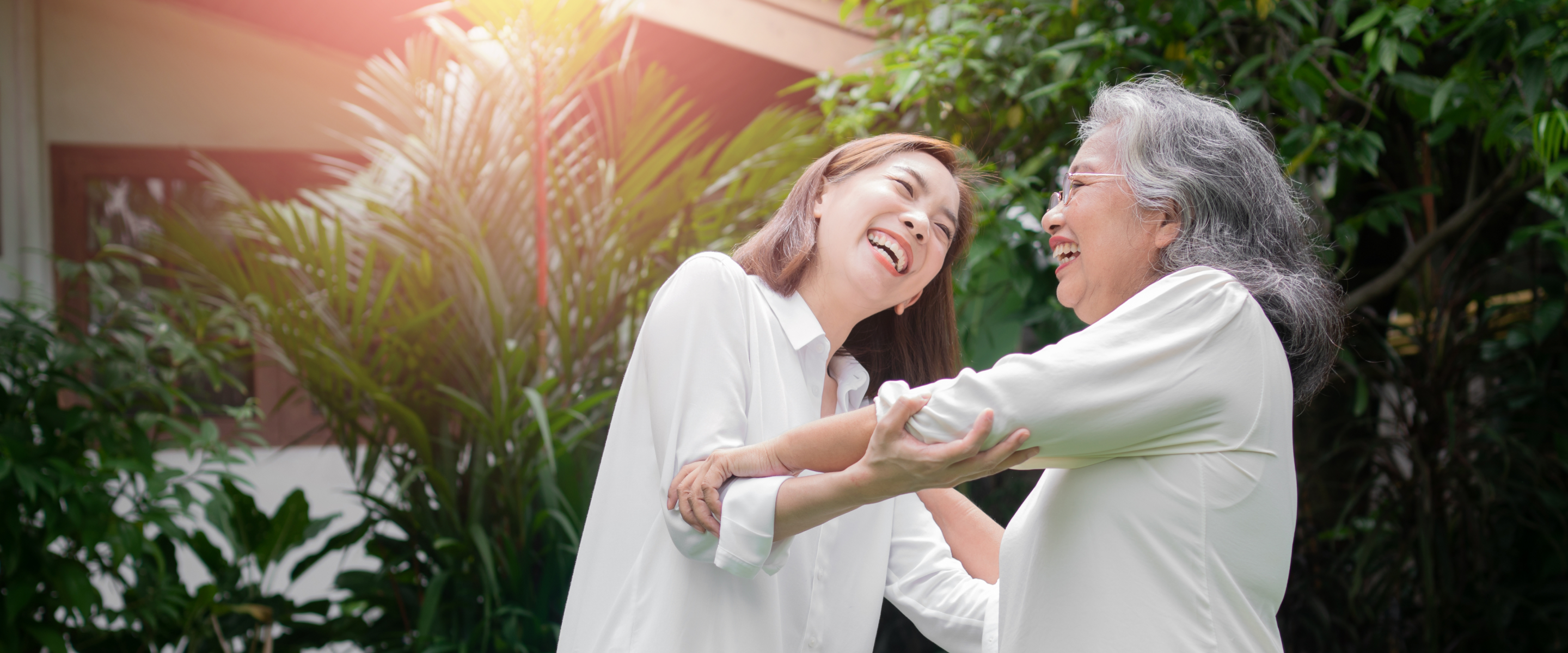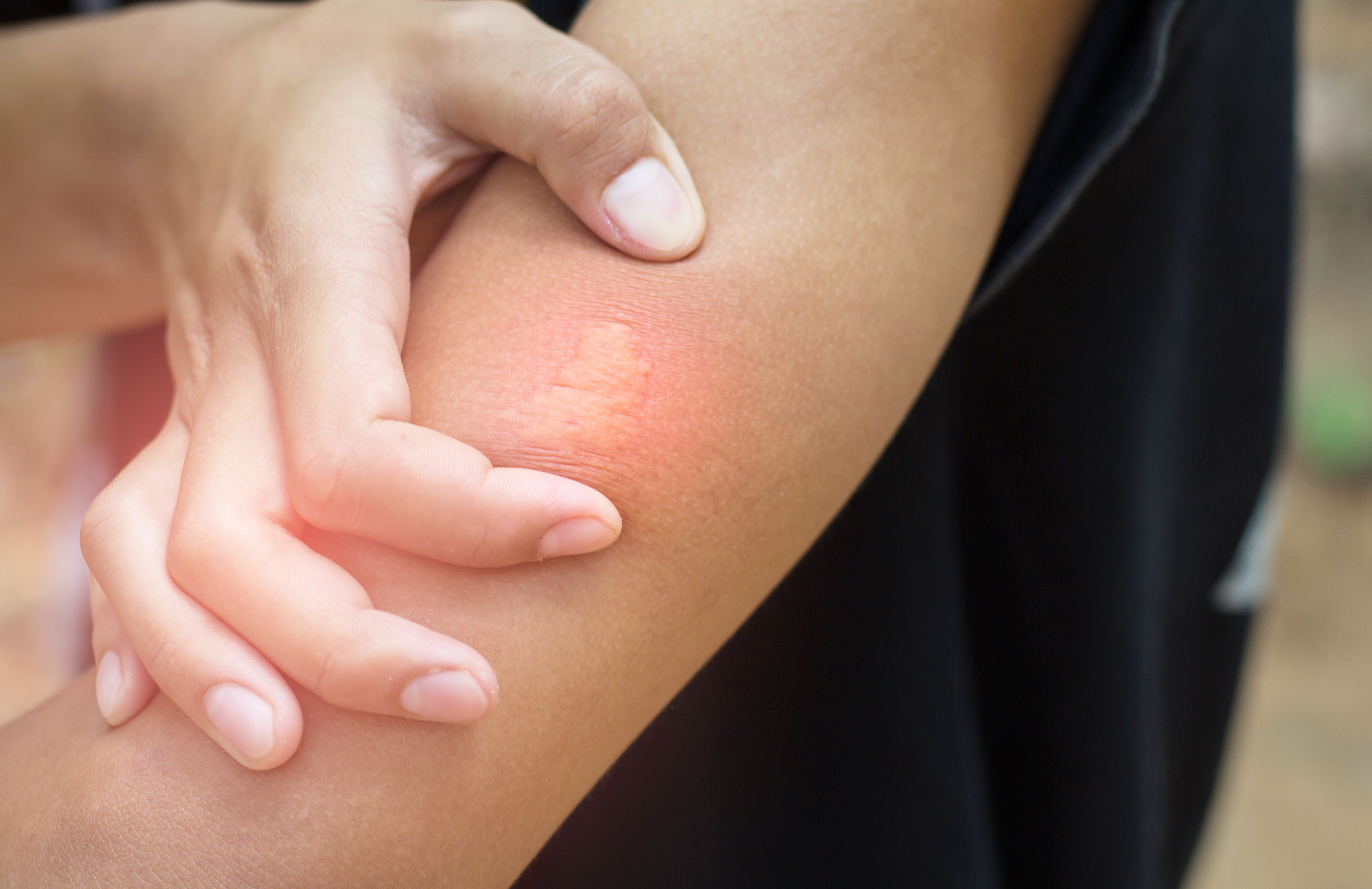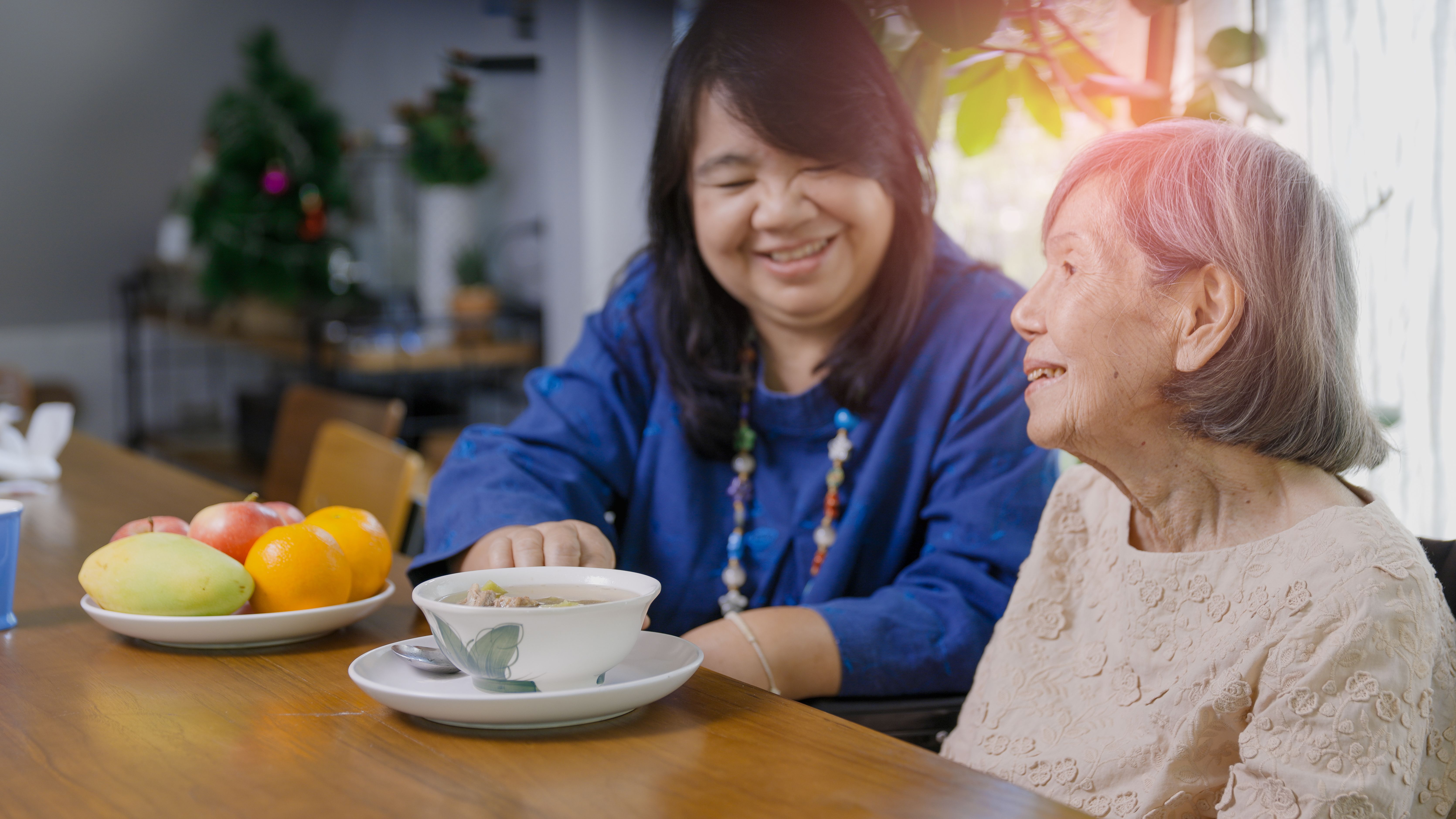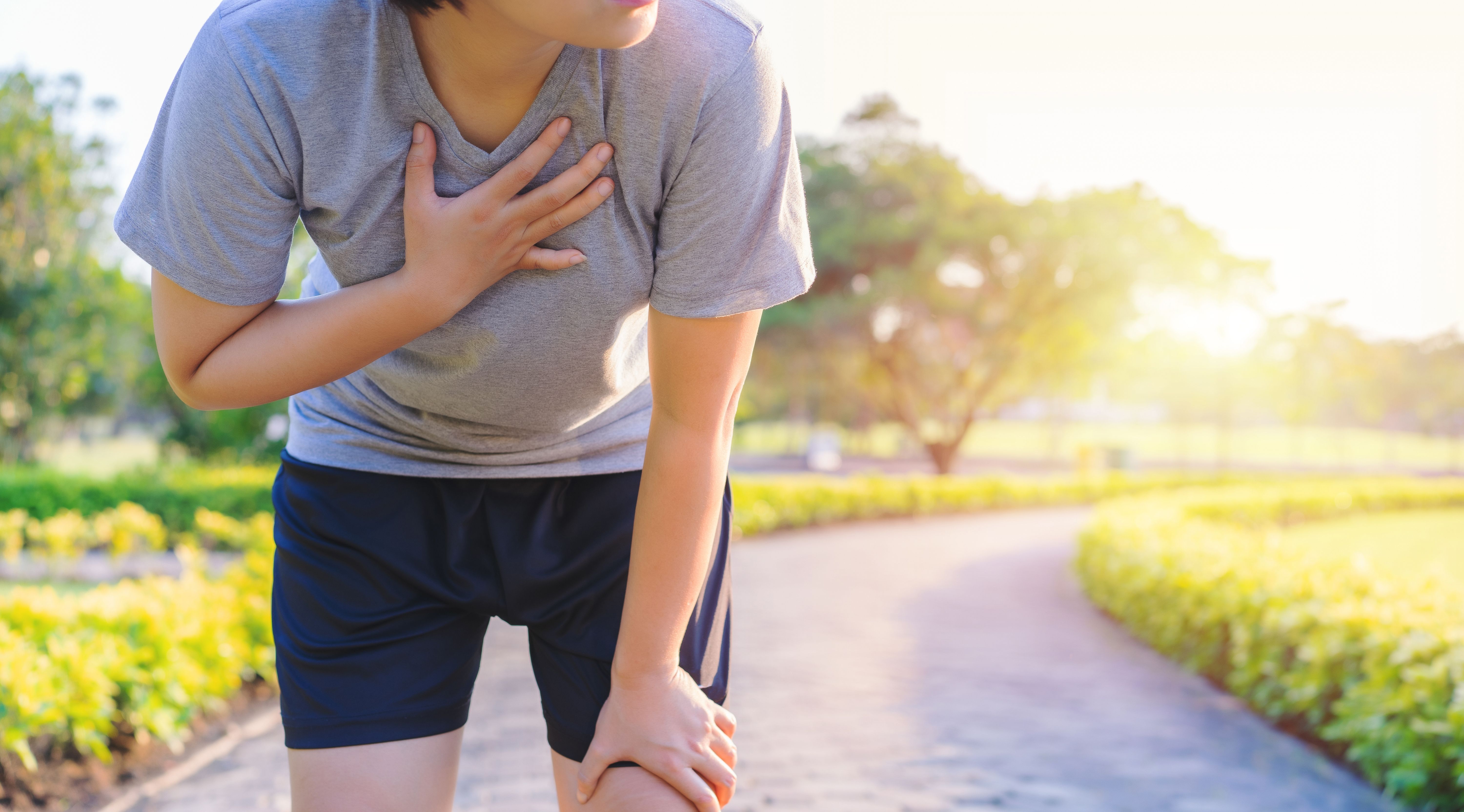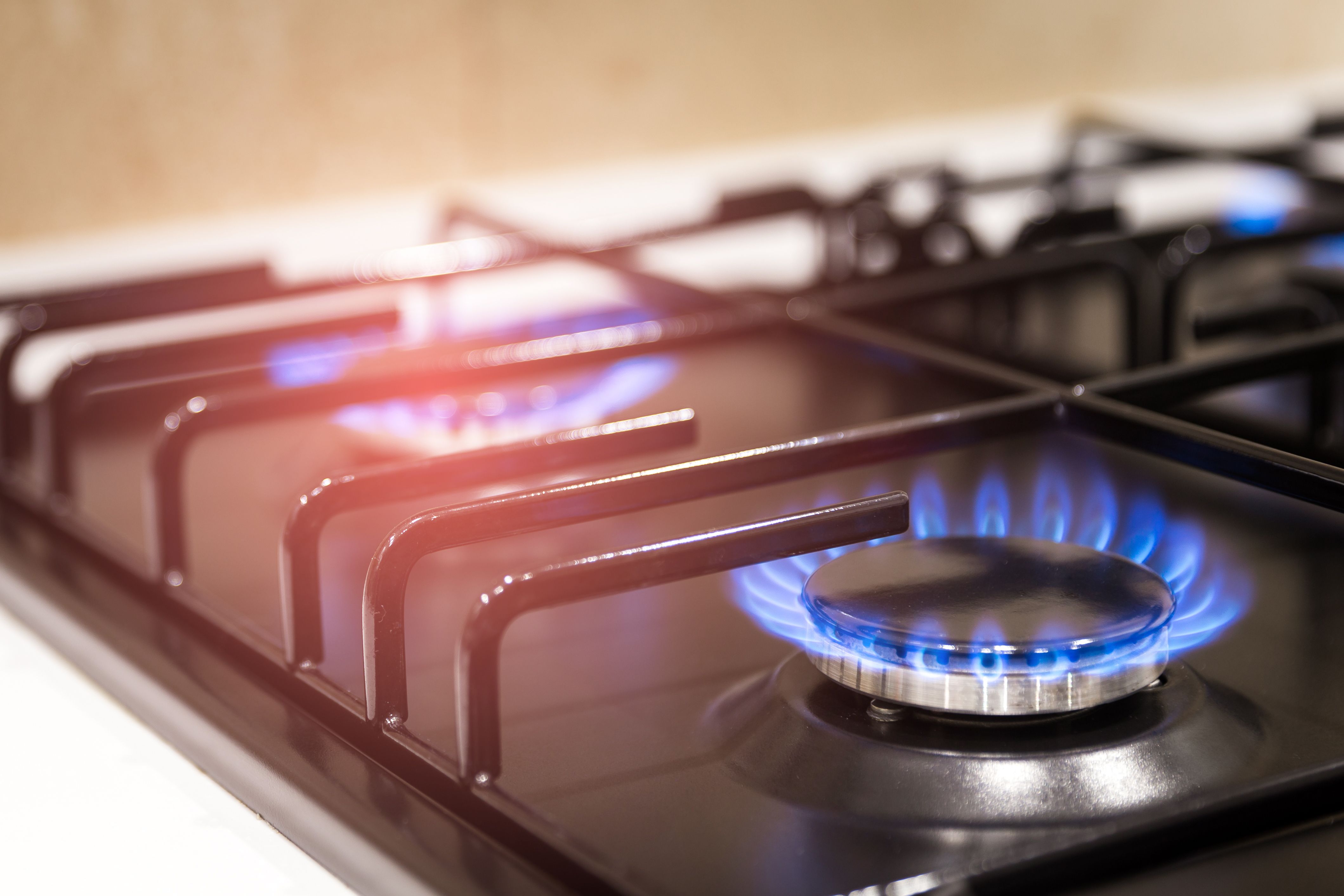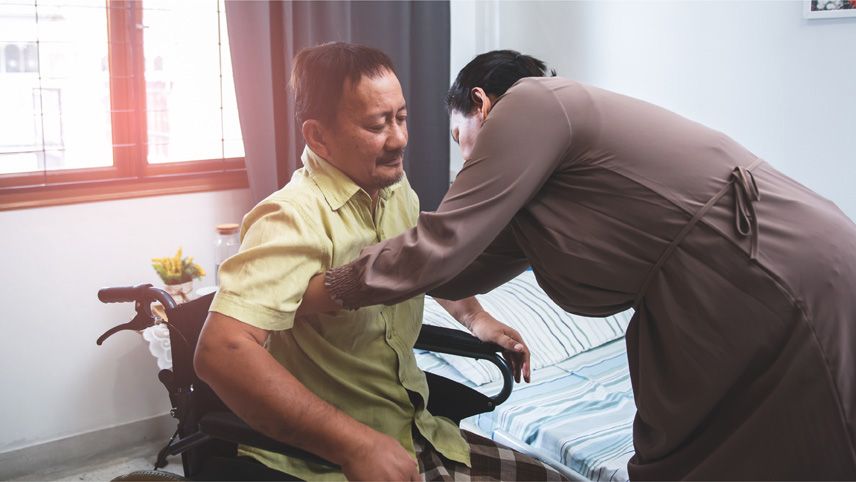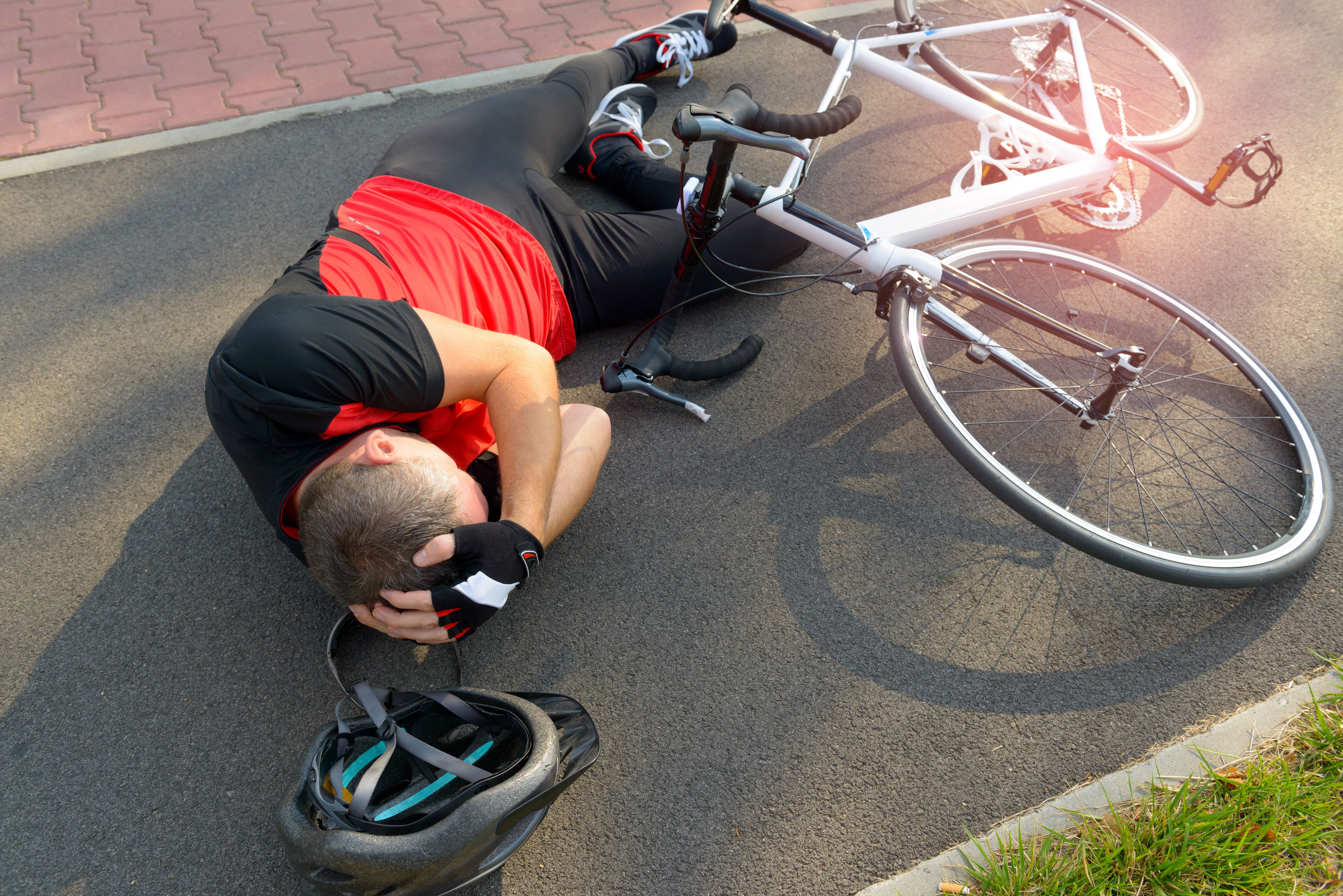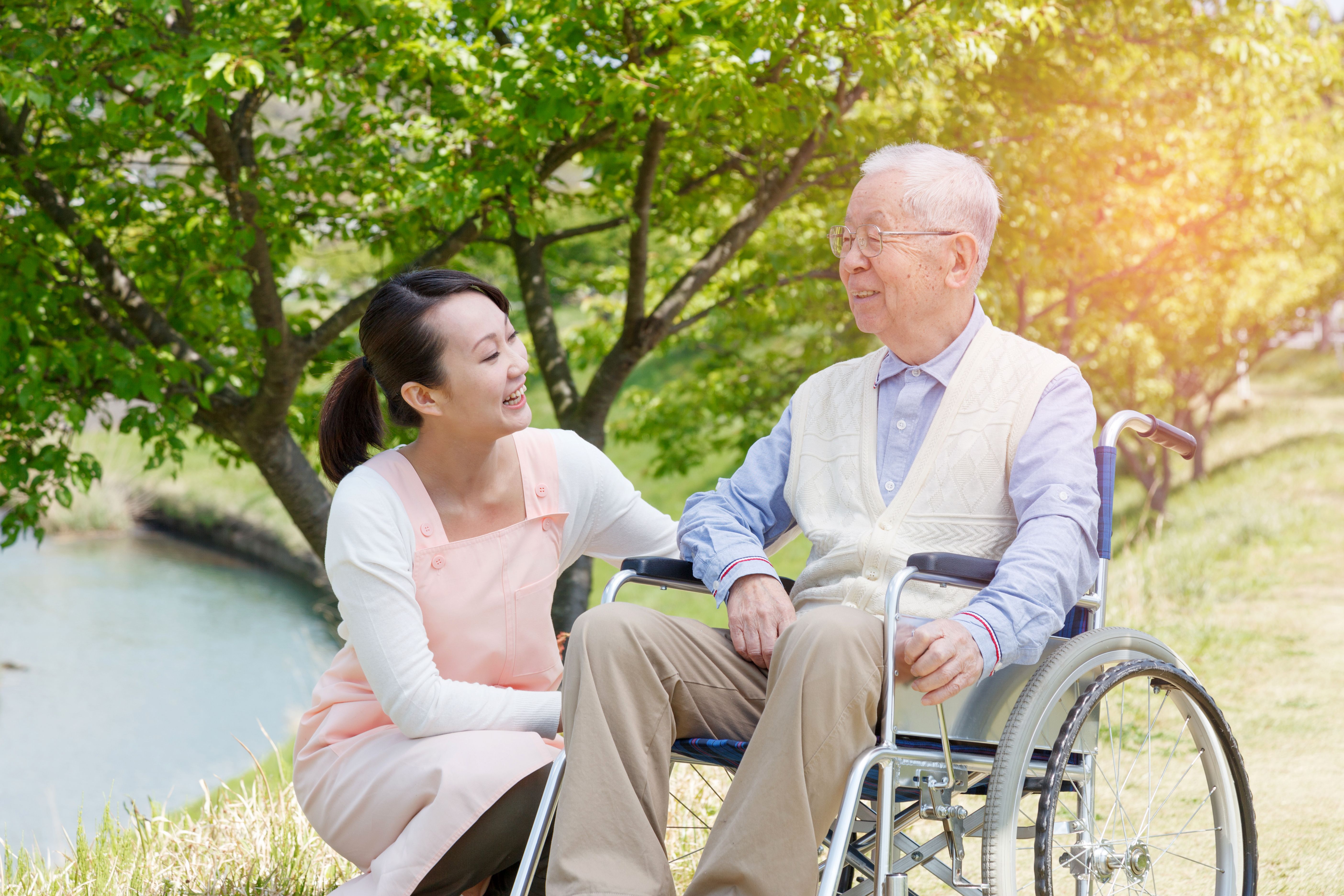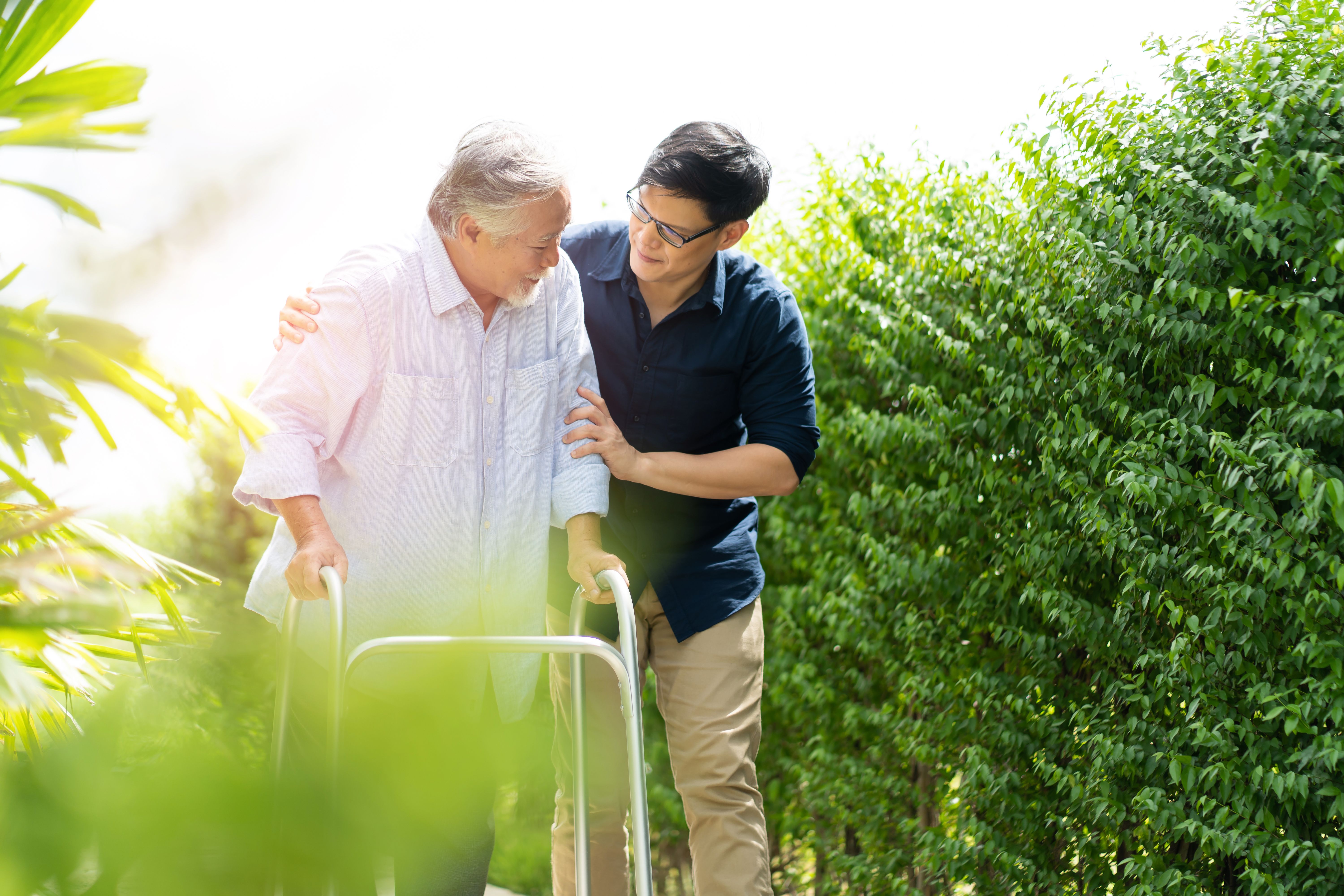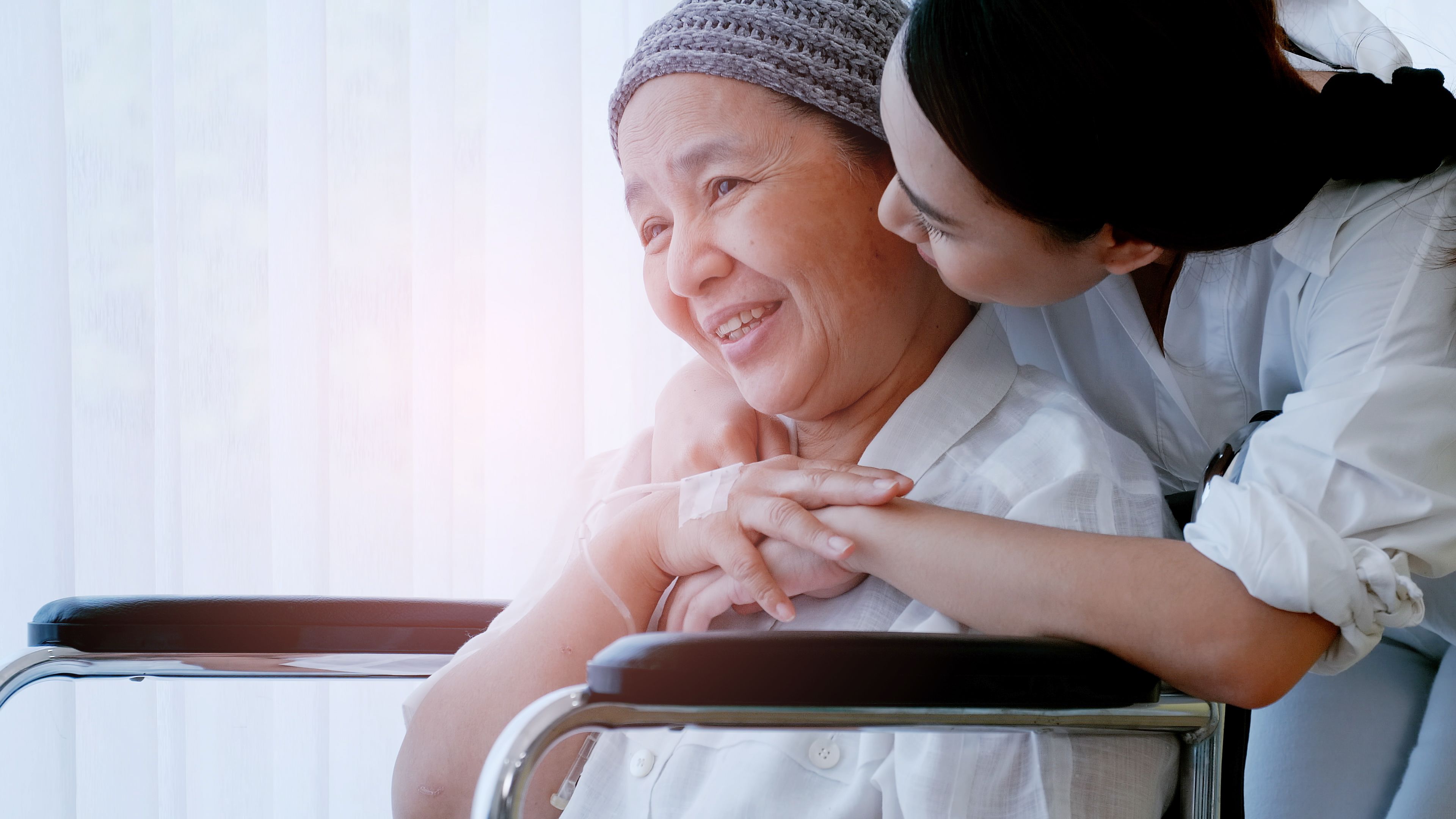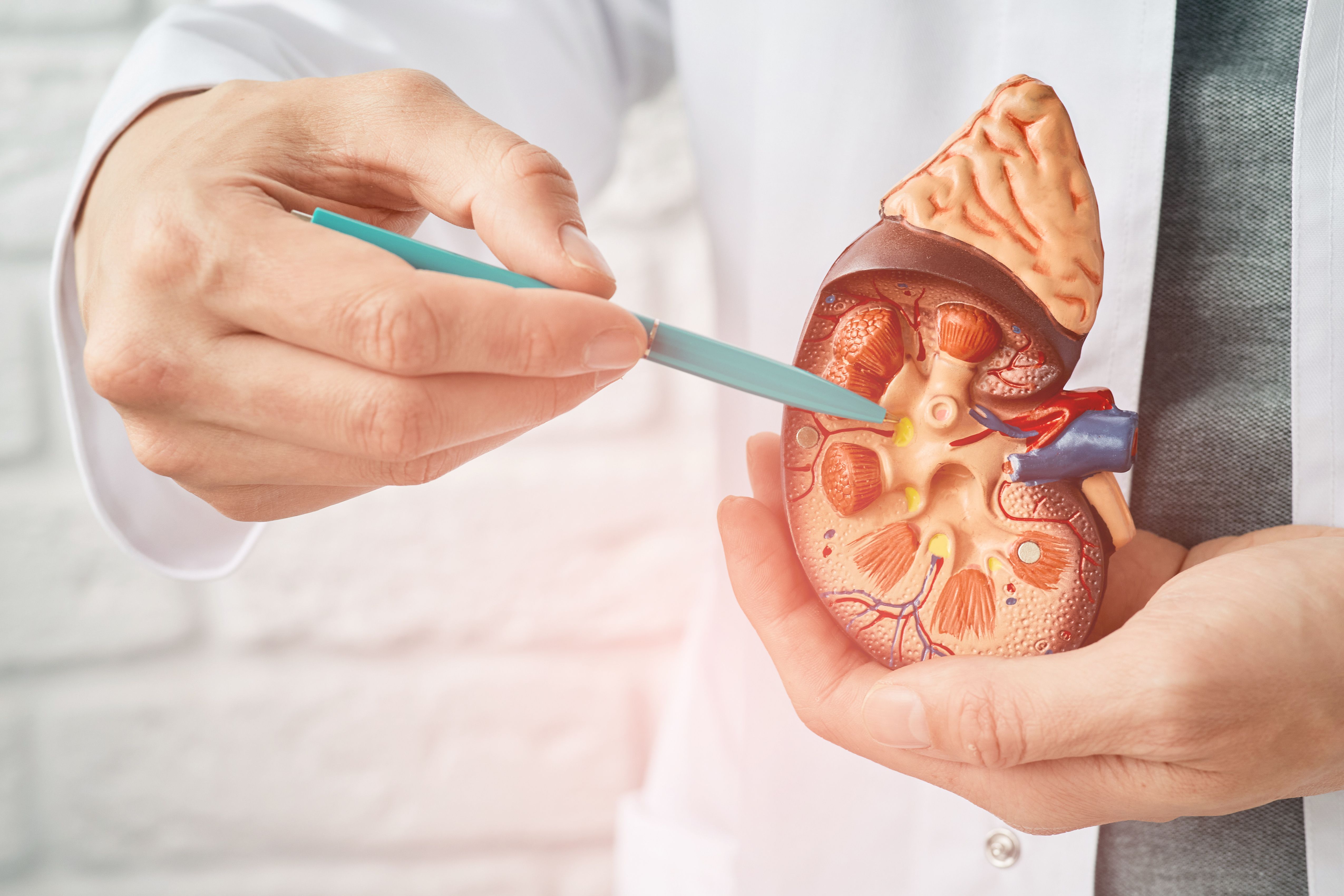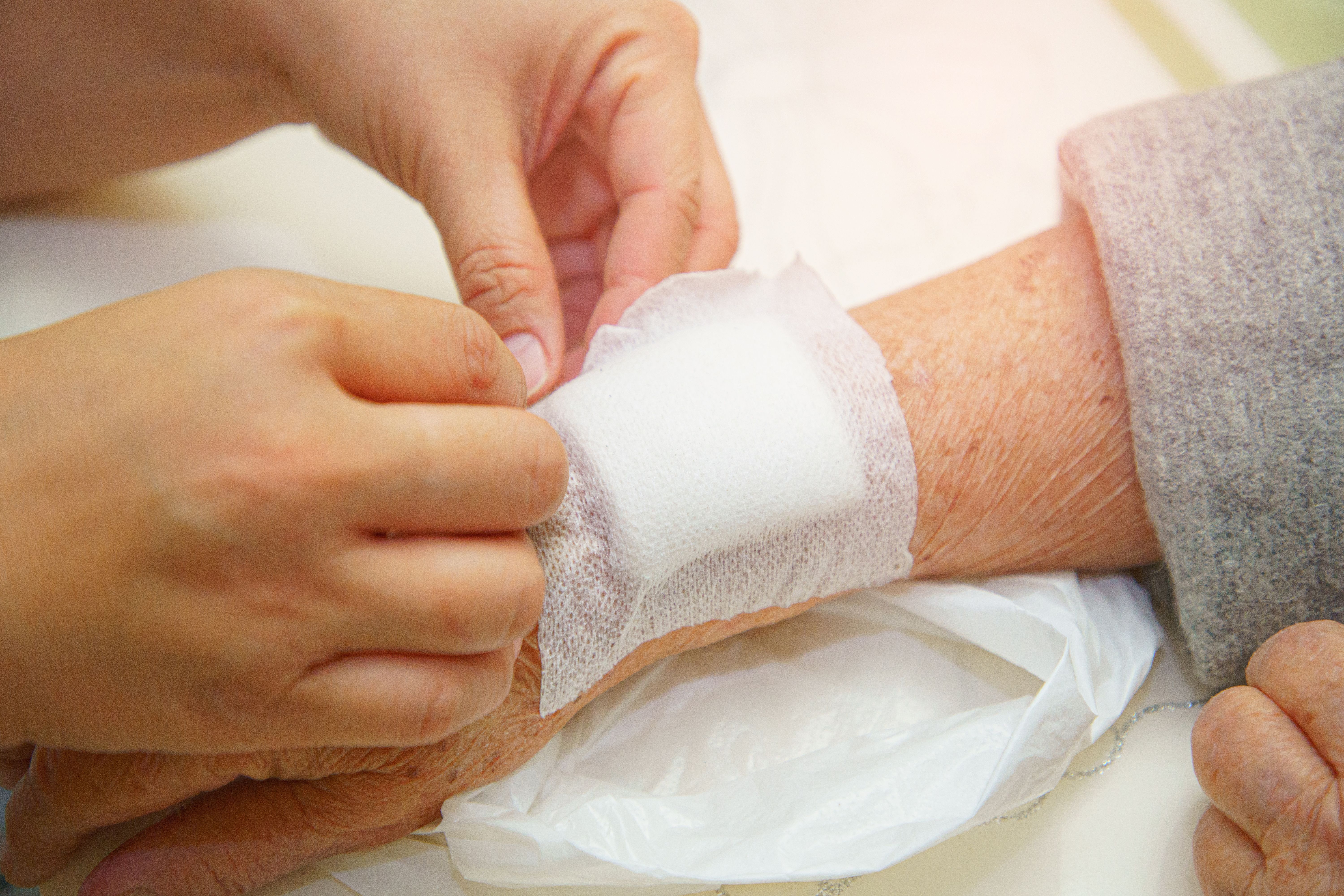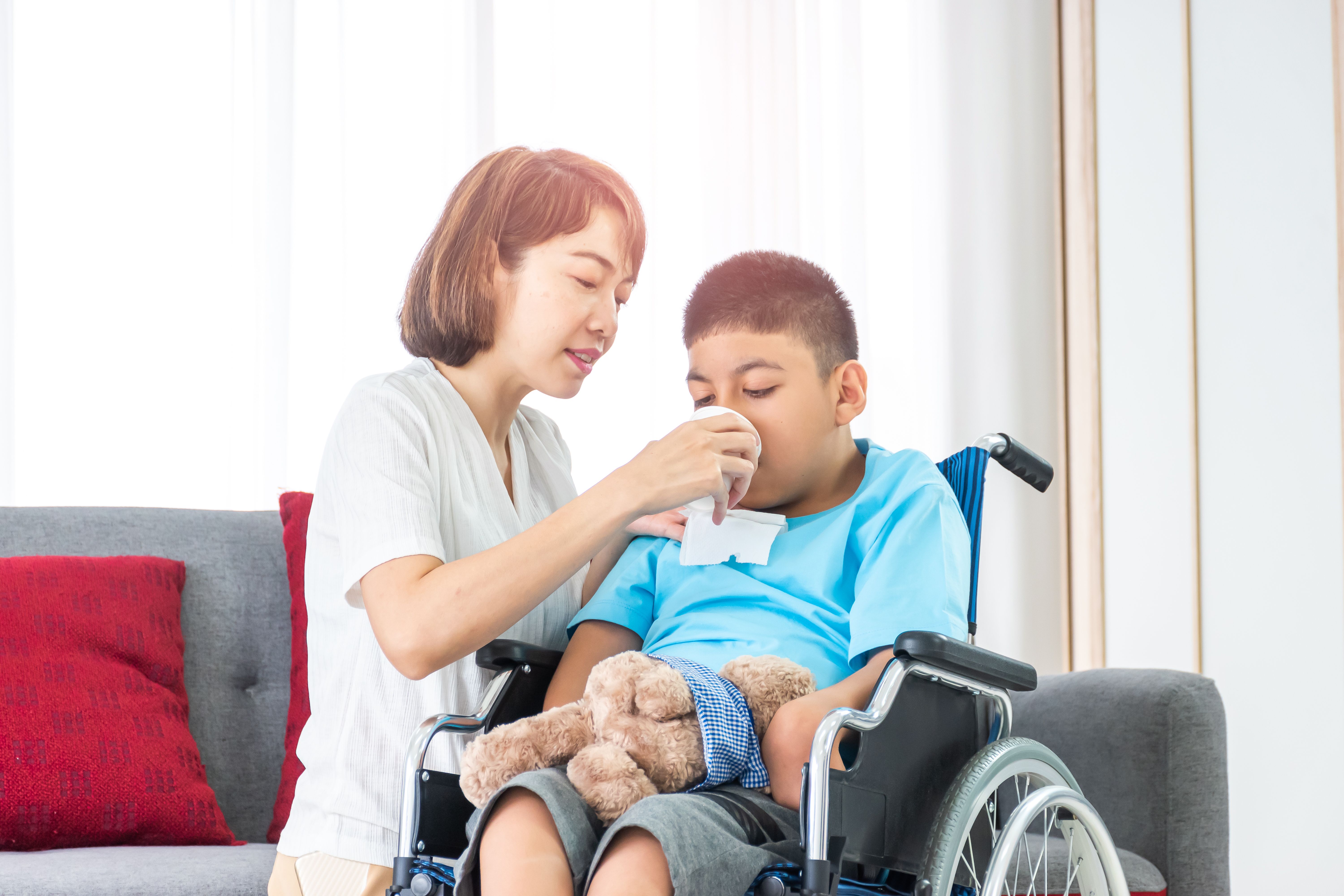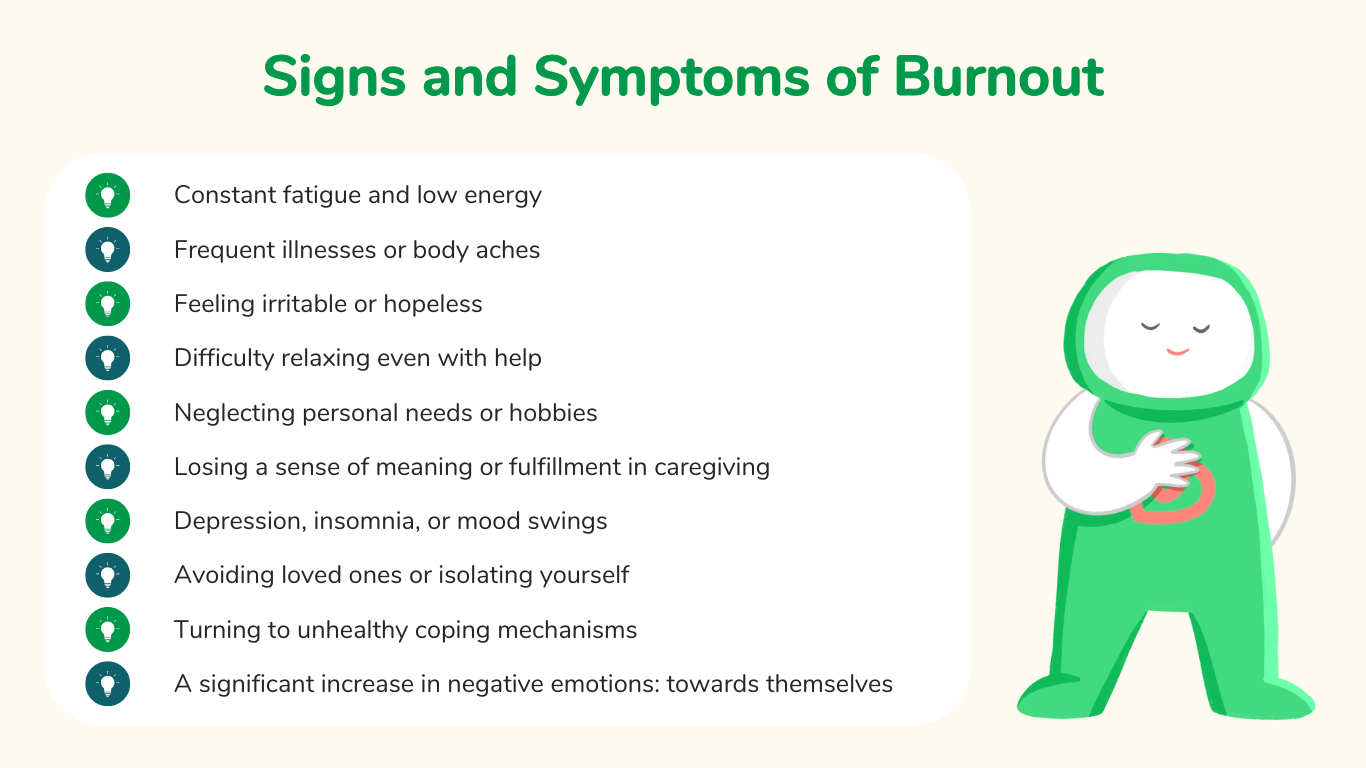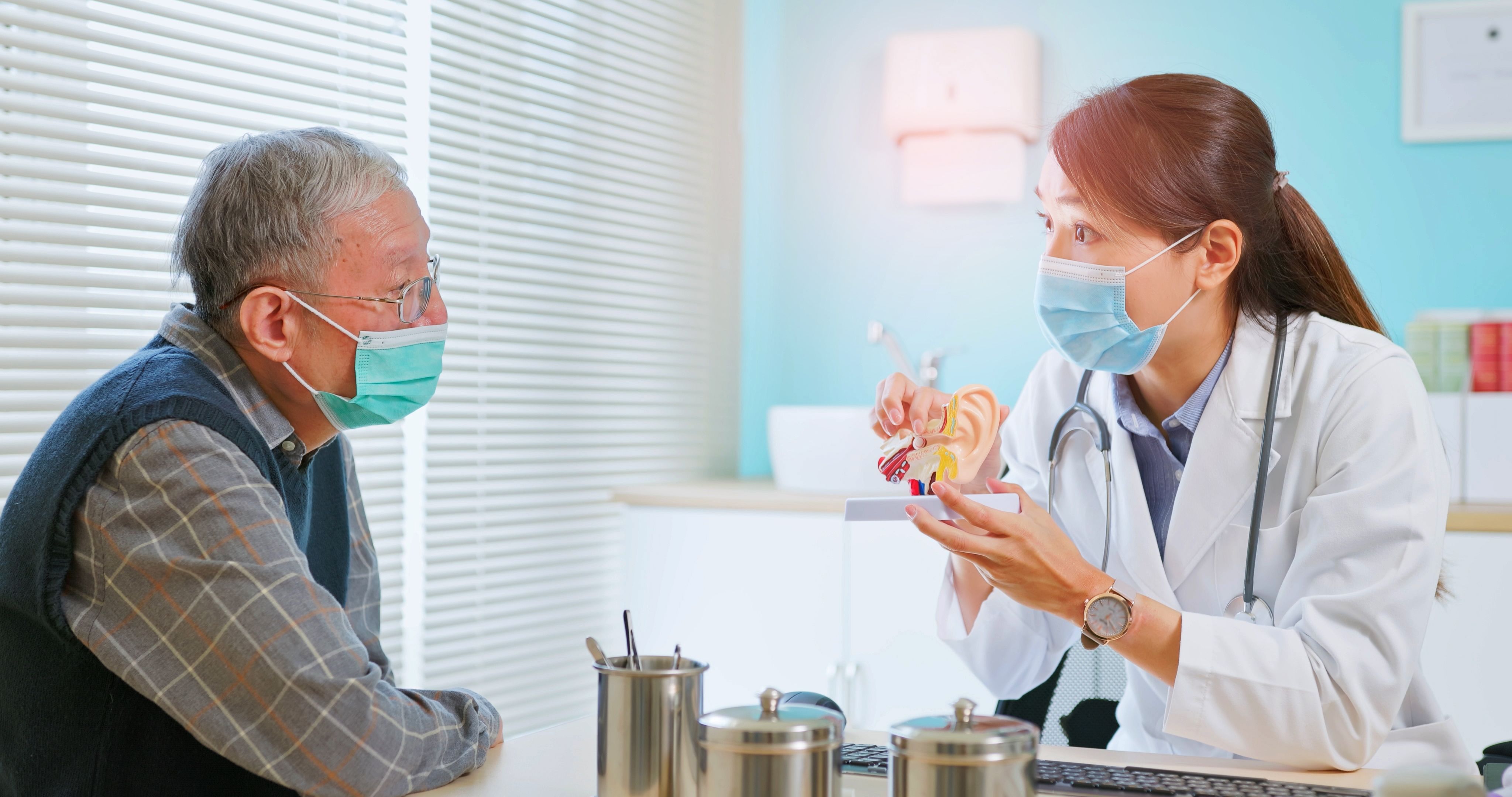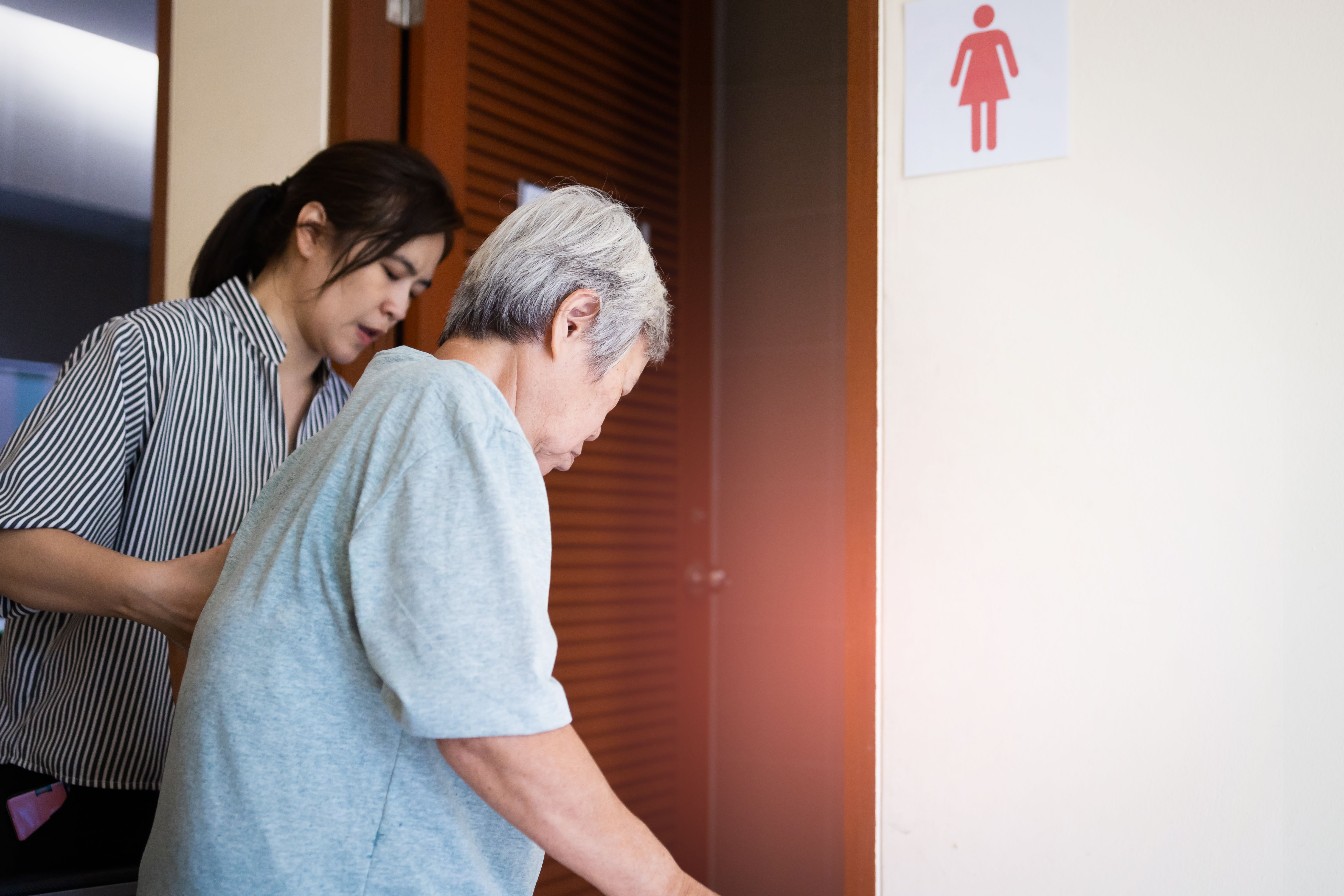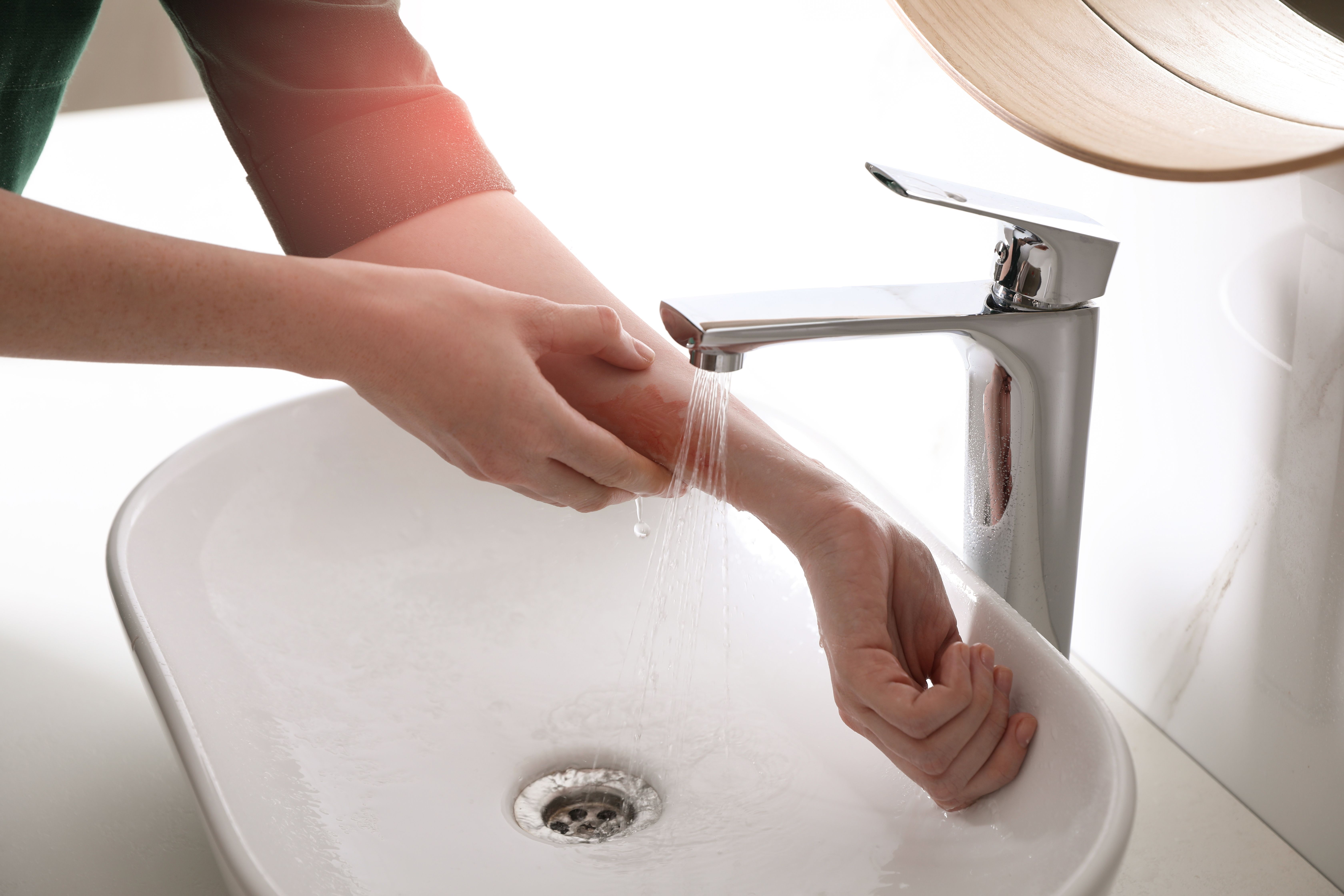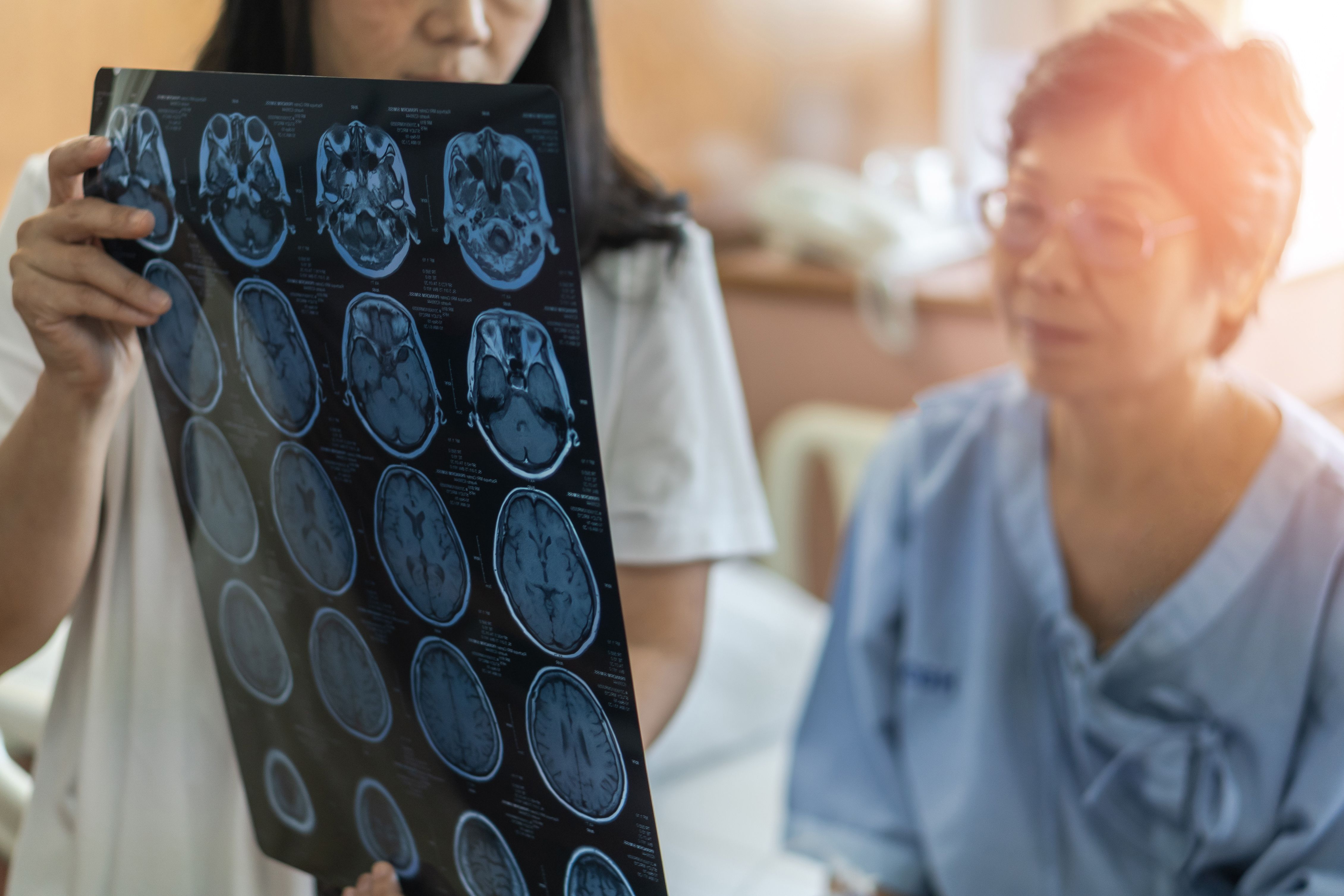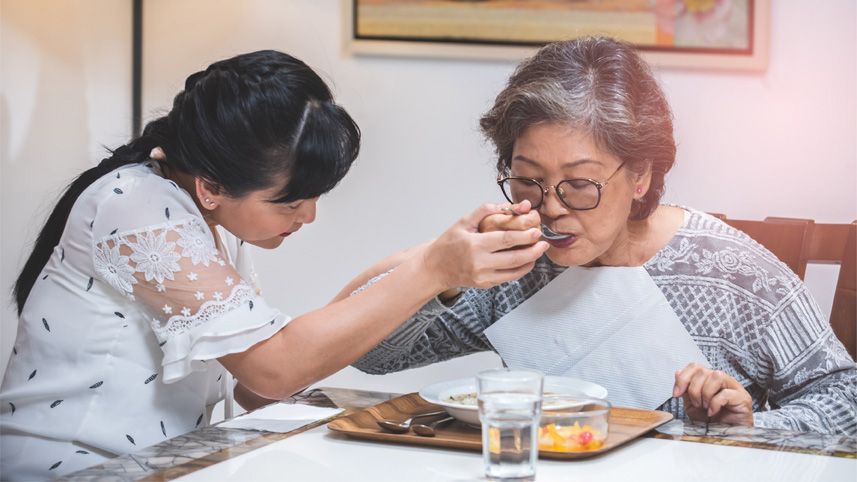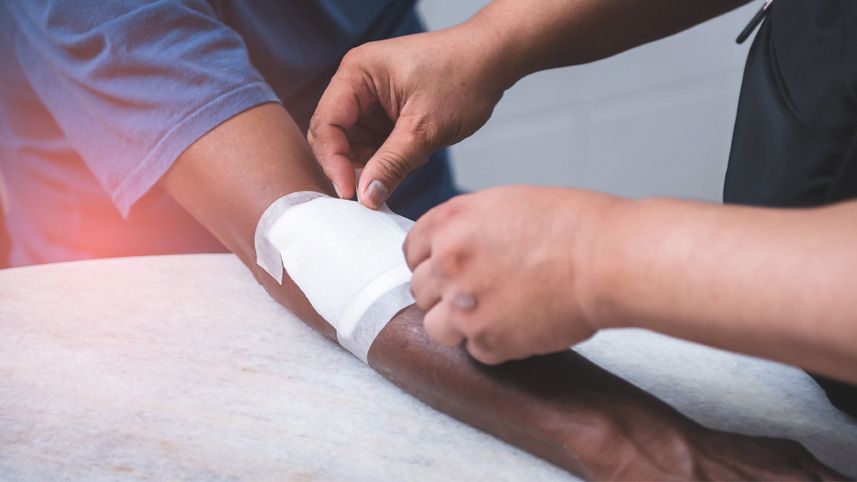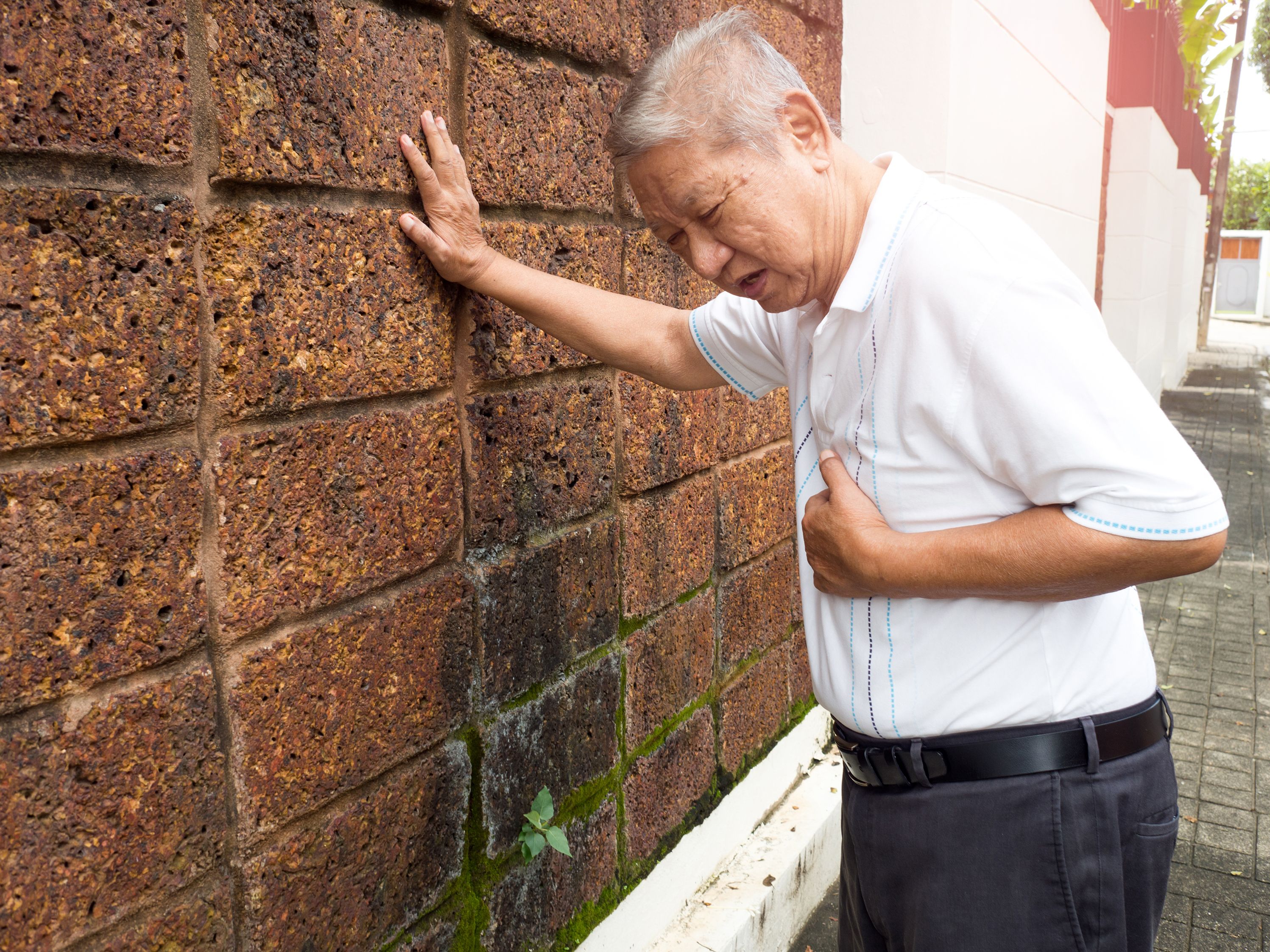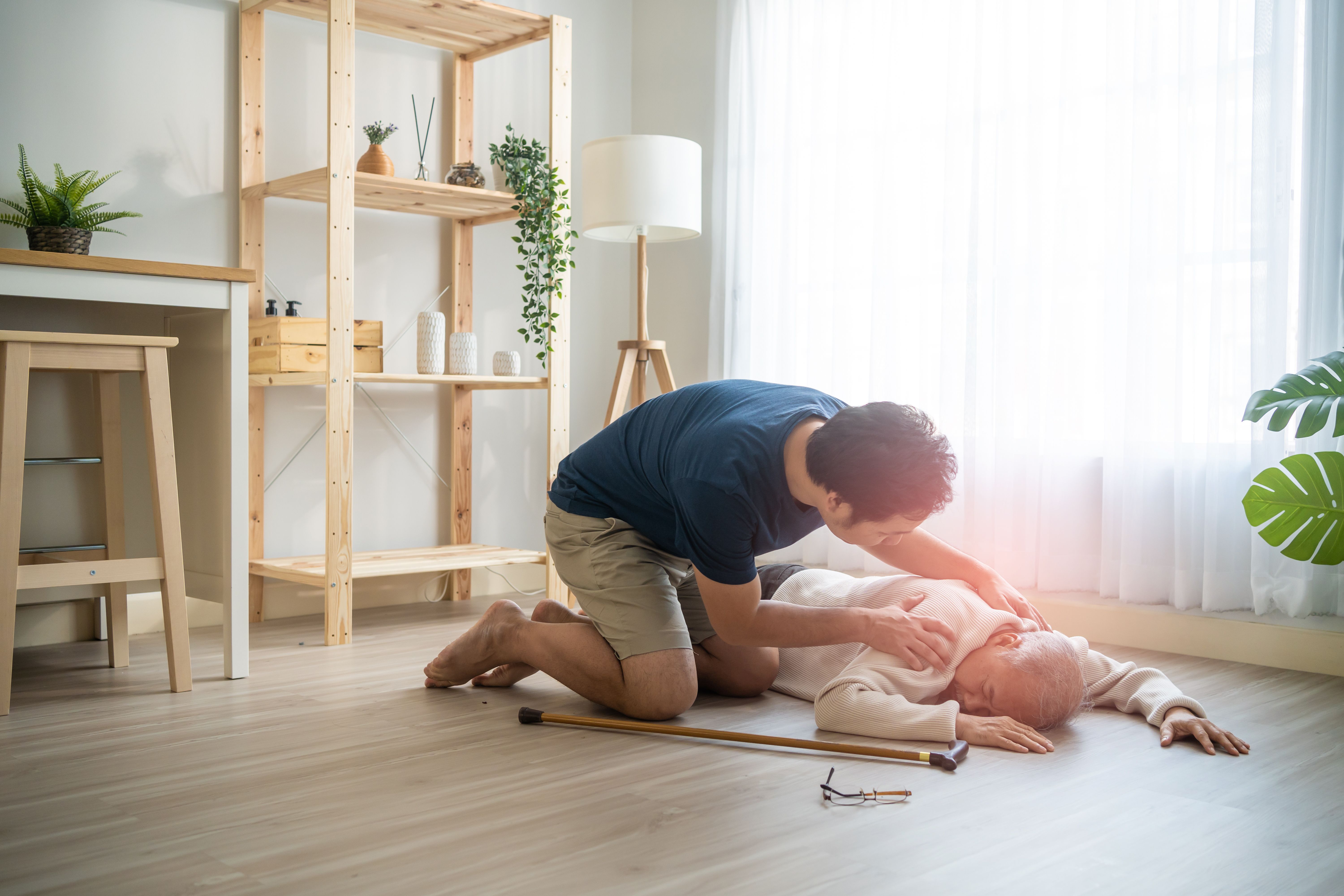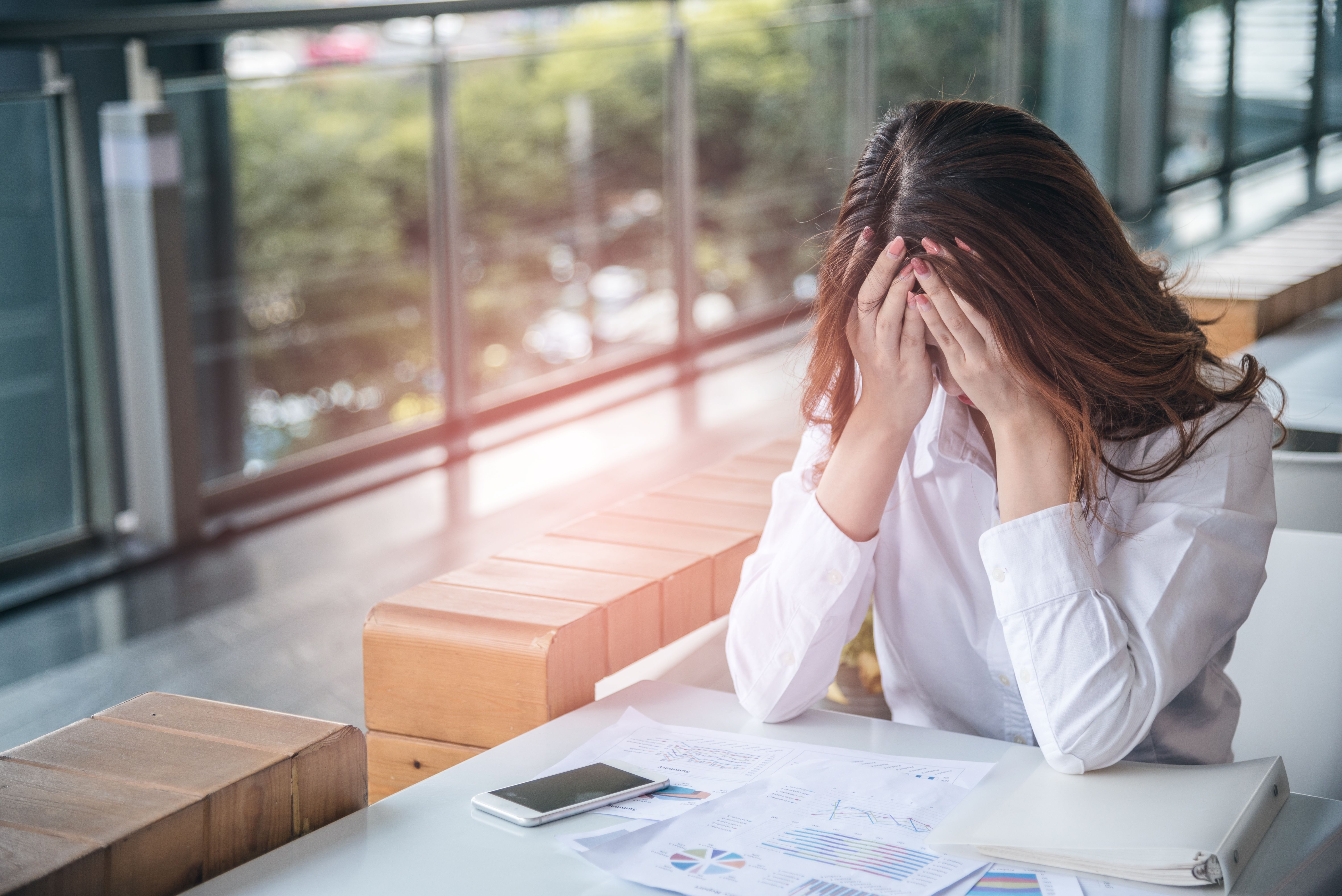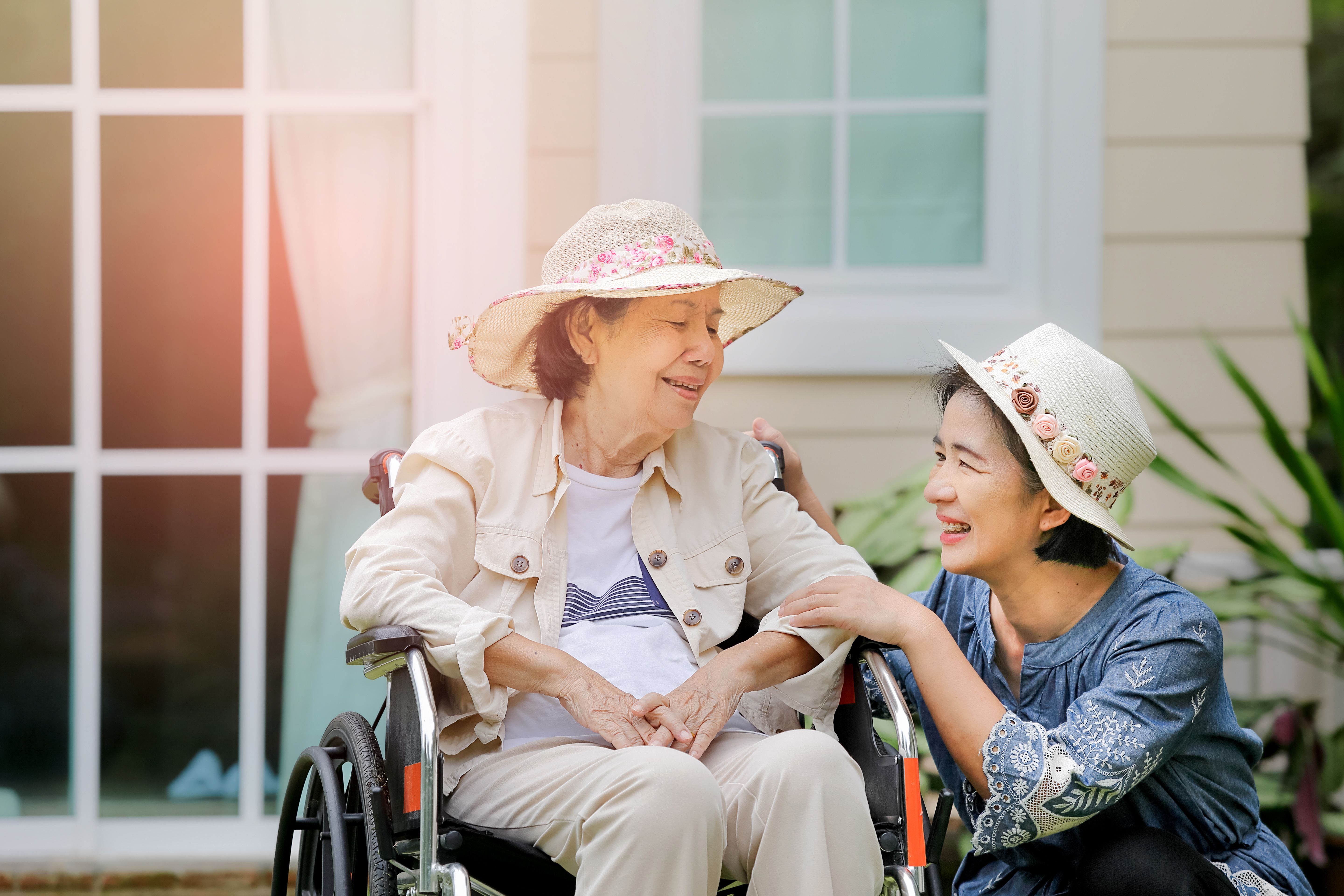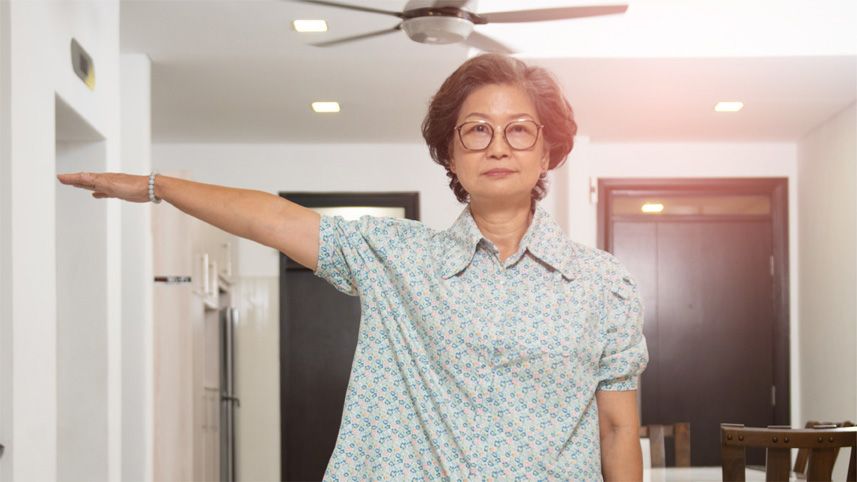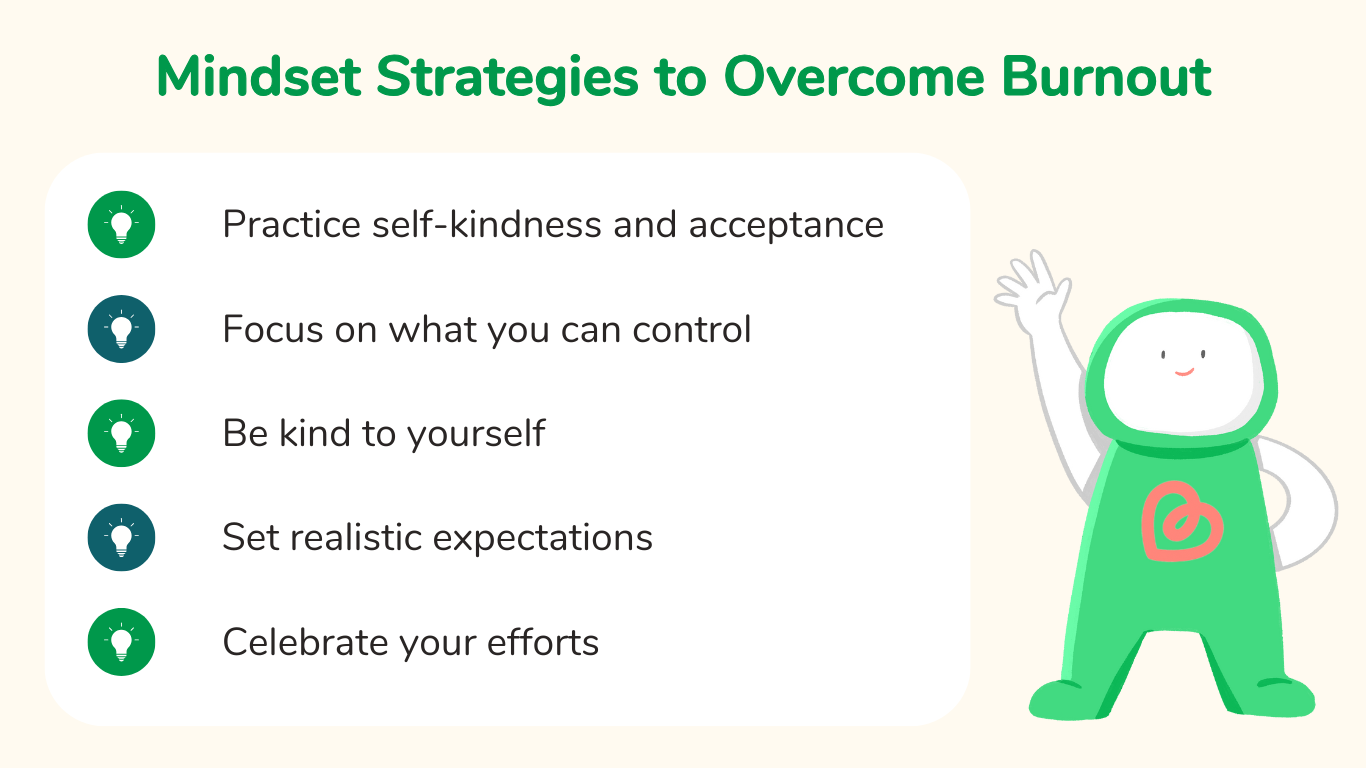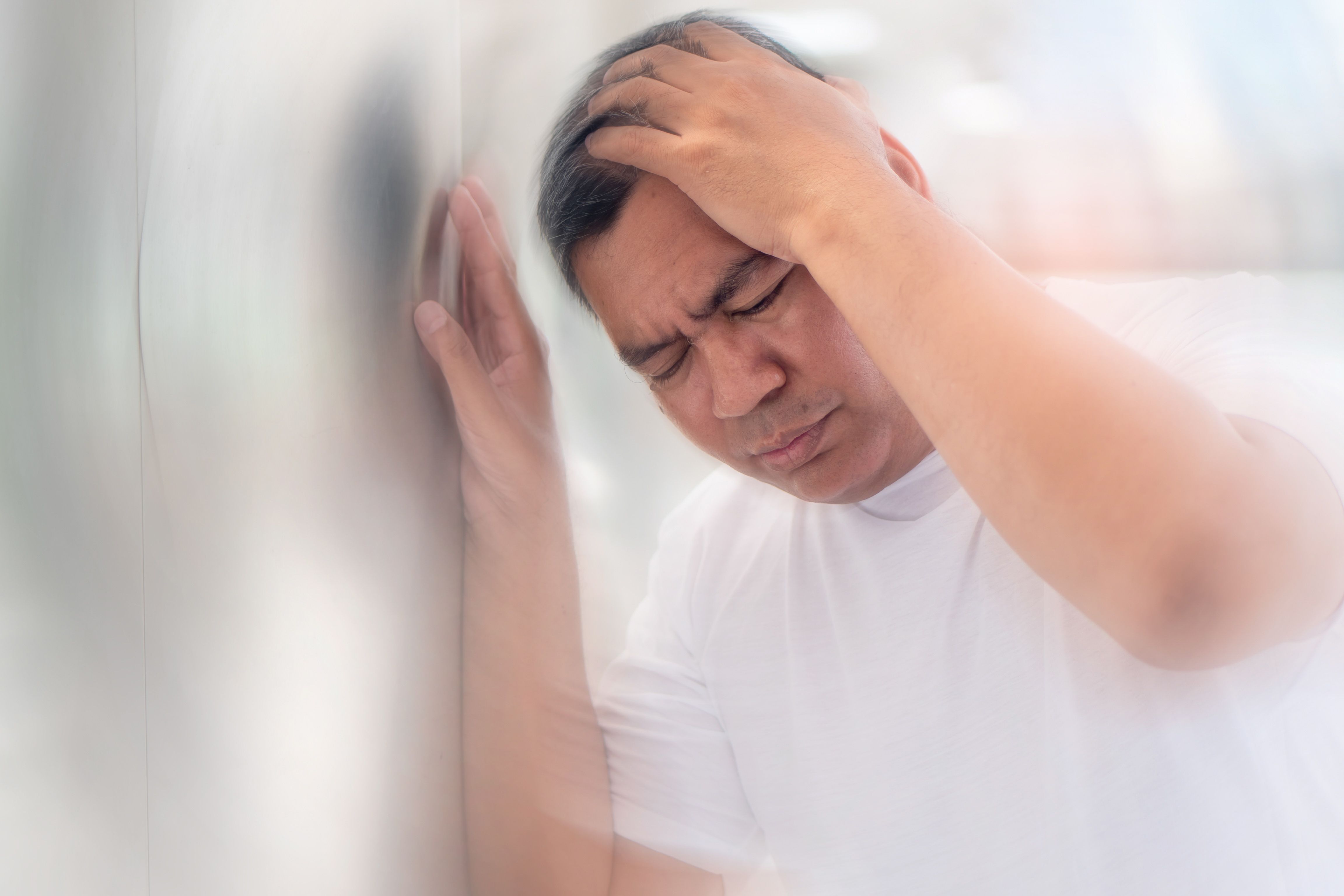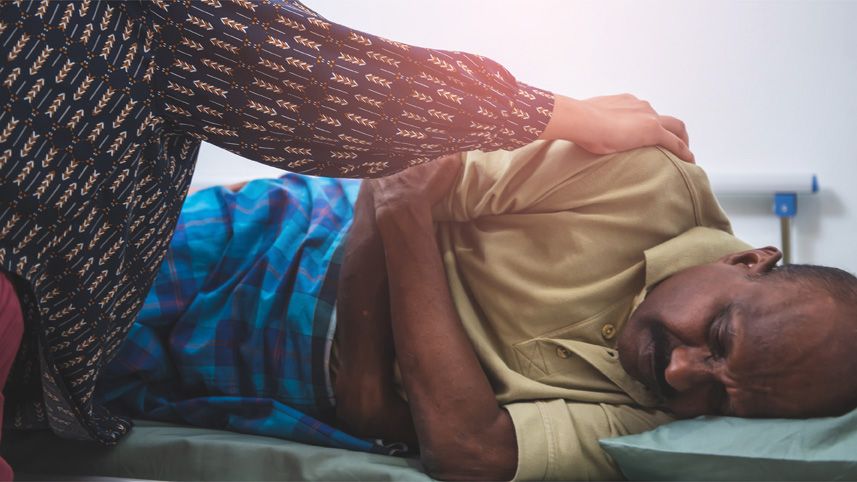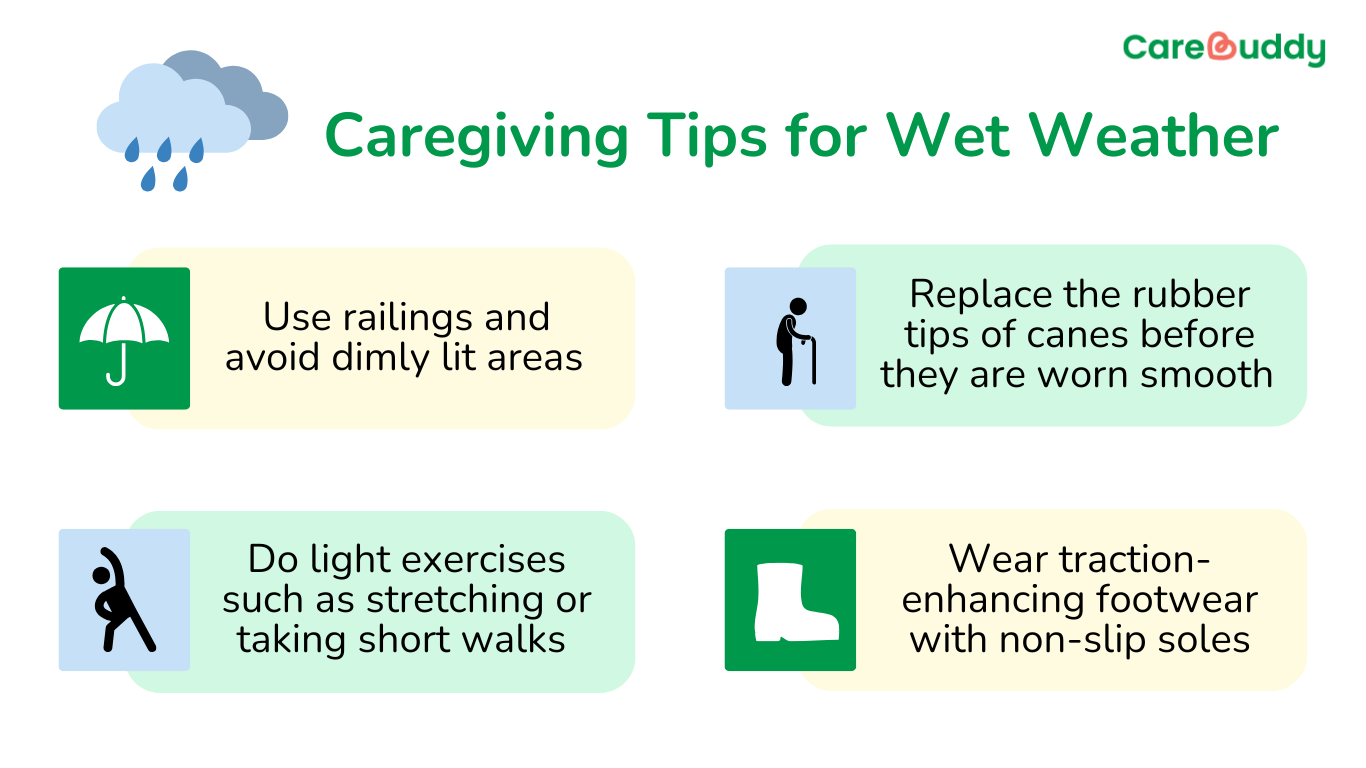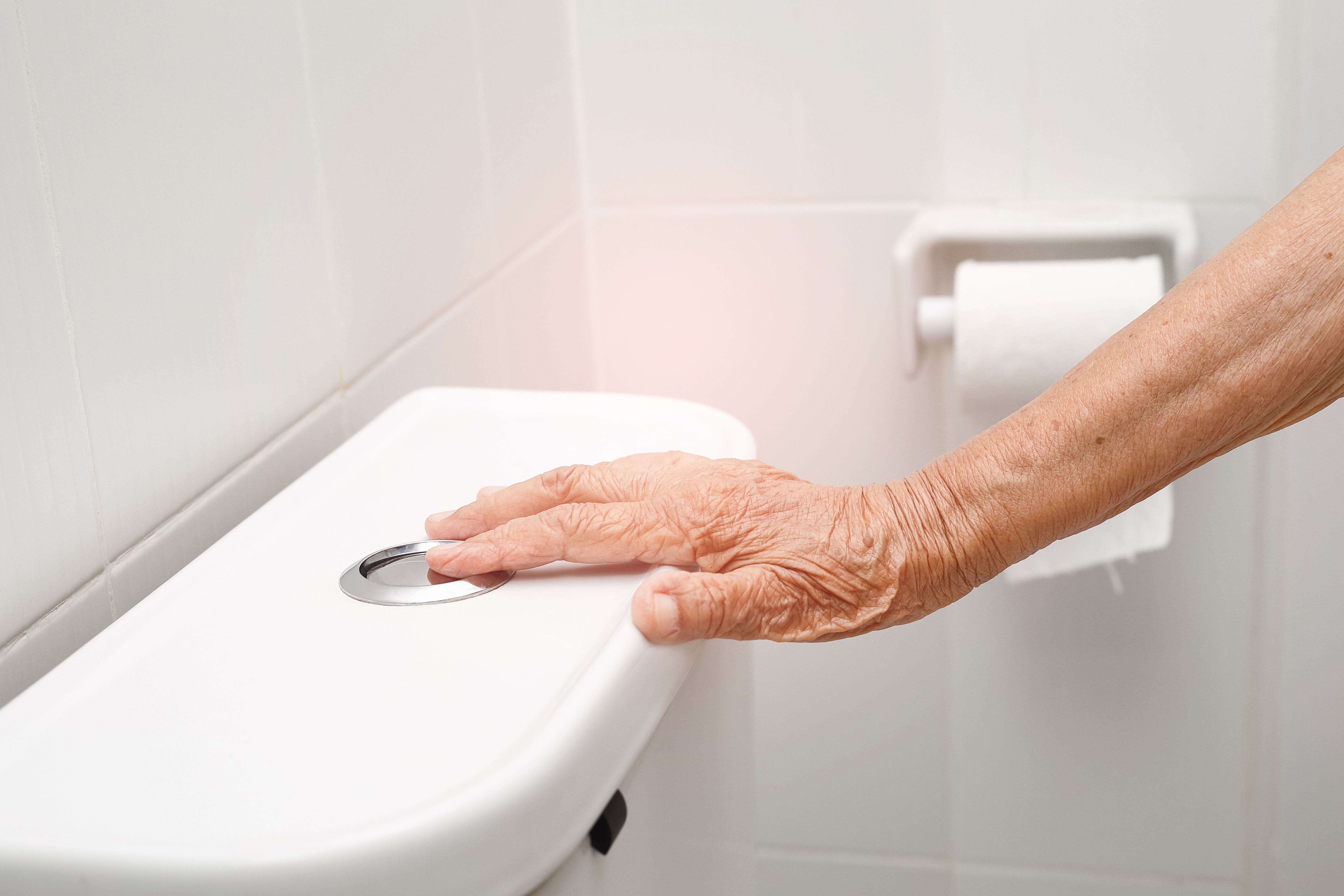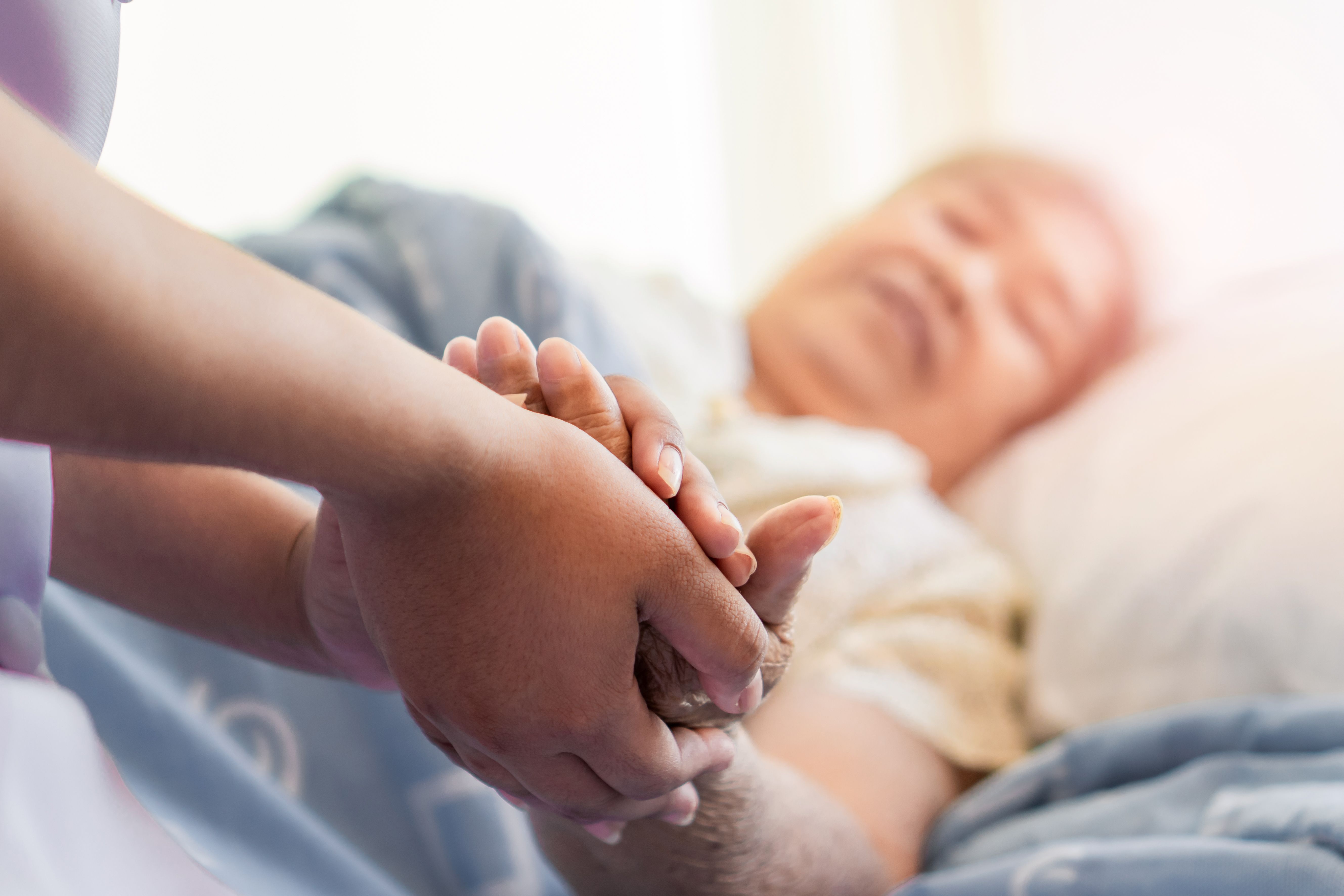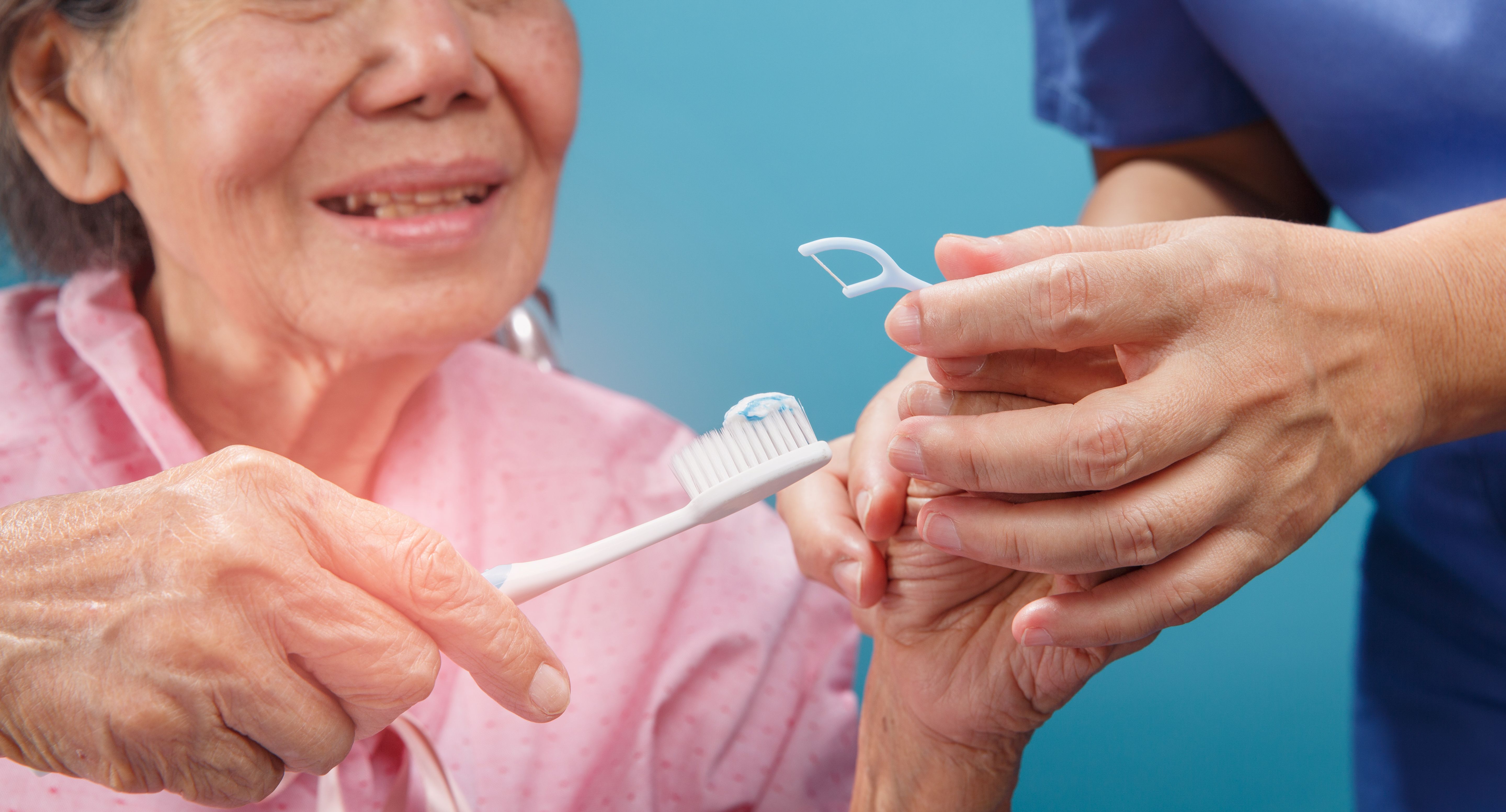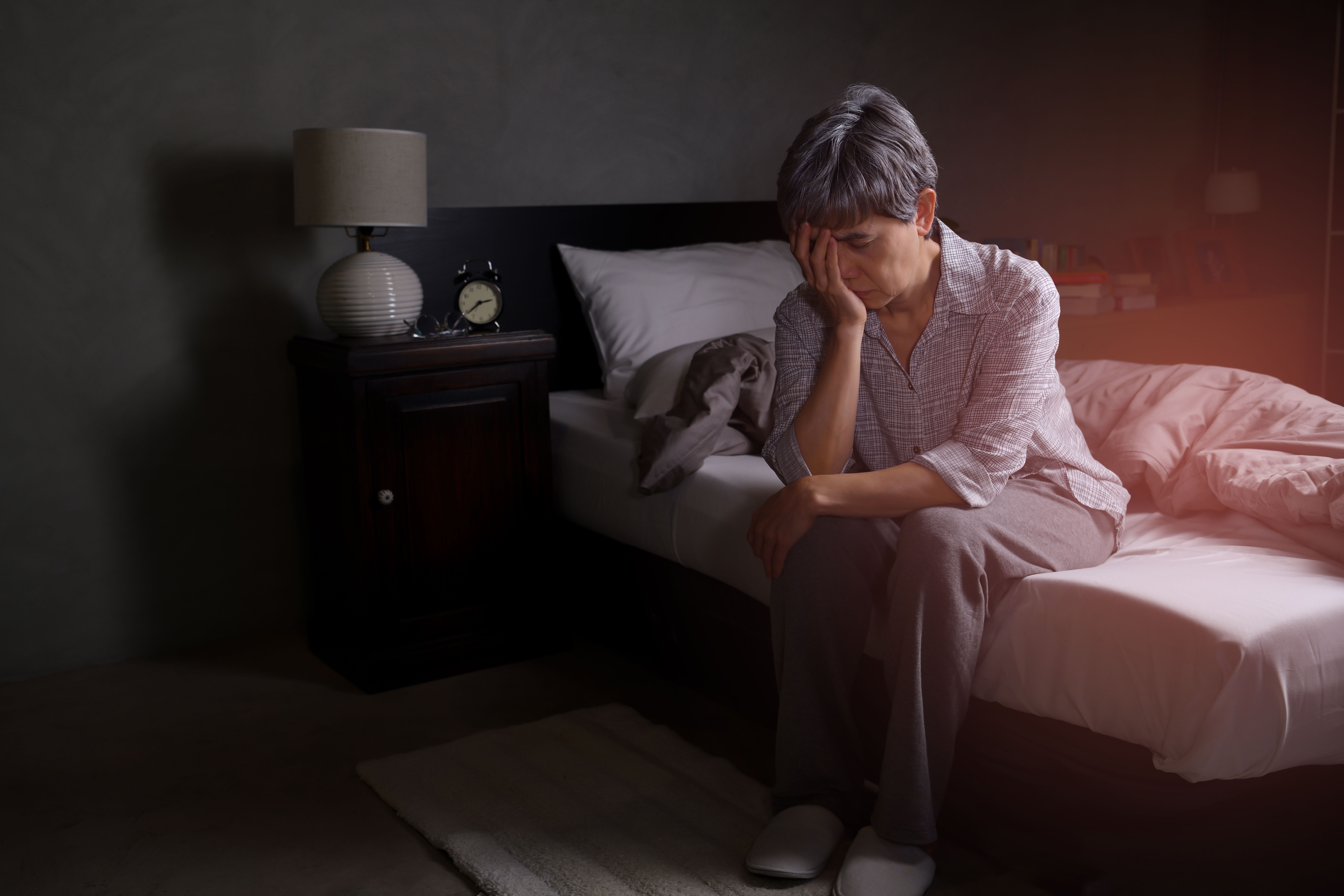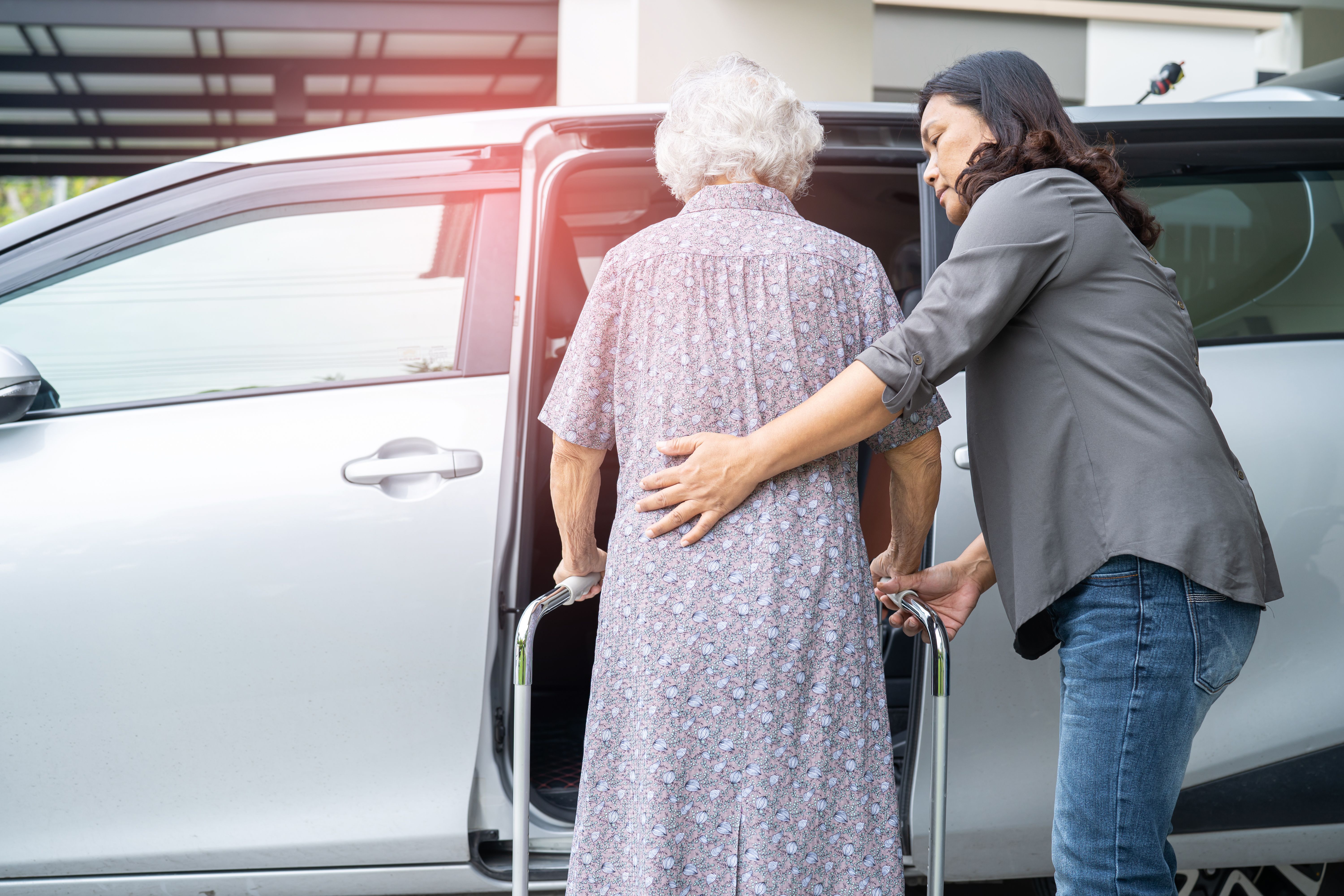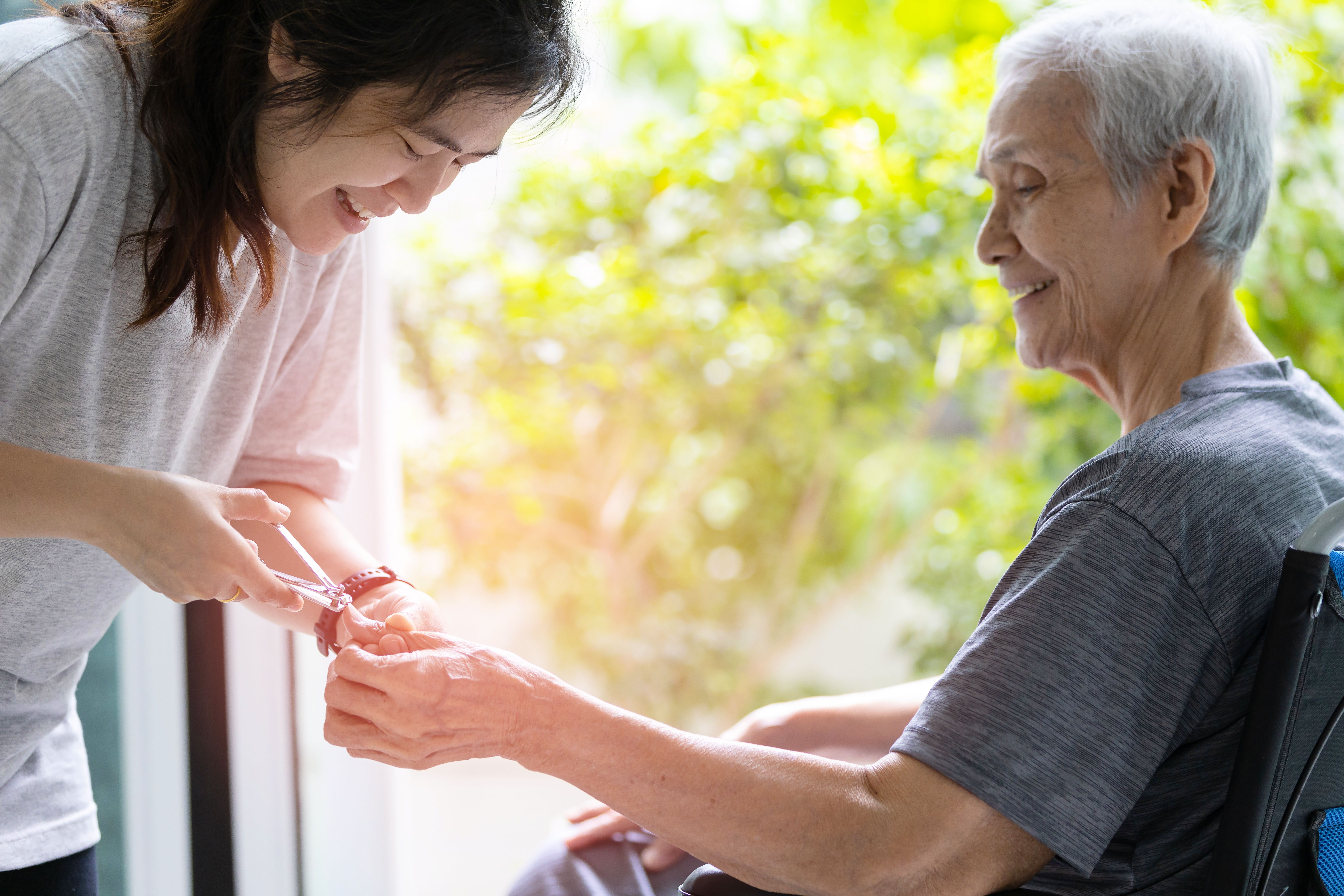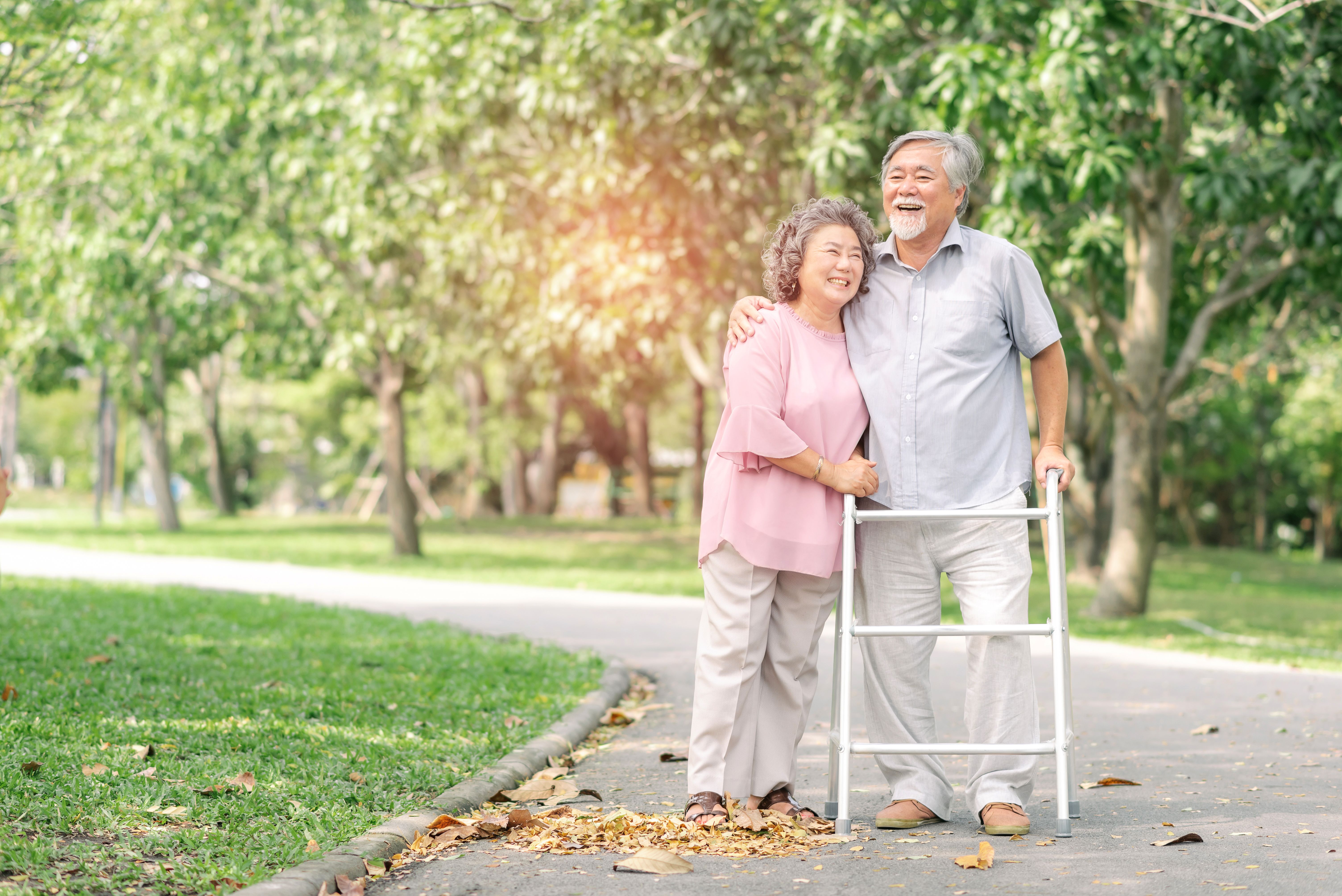A helping hand: Providing first aid to elderly care receivers after a fall
- CareBuddy
- 4 Mins Read
- 20 Sep 2022
- Elderly Care

One of the most common accidents at a care site is a fall. In Singapore, about one-third of older adults aged 60 and above have experienced more than one fall. (HealthHub, 2022)
While it’s possible for a care receiver of any age to fall, an elderly care receiver can experience more negative outcomes from a fall due to their weaker bones, muscles and vital organs. As such, it’s imperative for caregivers of elderly care receivers to know how to provide first aid for falls.
Of course, the best-case scenario is to prevent falls in the first place by reducing hazards in the care site and creating the right preventive mechanisms. You can learn more about accident-prevention at [Read Article]
But it’s not always possible to prevent falls. In the event that a fall of an elderly care receiver takes place, here’s how you can respond and assist them.
Primary survey
- Call 995 for emergency medical services.
- Approach the care receiver calmly and reassuringly. Be alert to any dangers and hazards in the environment and keep them away from the care receiver and yourself. (Be alert to any dangers to either you or the casualty)
- Do not rush to move the care receiver. Get onto the floor so you are the same level as them and immediately assess:
- Check care receiver’s consciousness by calling out to them and tapping or pressing on their shoulders.
- If care receiver is unconscious, call 995 for emergency medical services.
- Check for normal breathing by observing rise and fall of the chest for no more than 10 seconds.
- If there’s no breathing, start chest compressions. Find out more about Cardio Pulmonary Resuscitation (CPR) and Automated External Defibrillator (AED) .
Secondary survey
- If care receiver is conscious (or has regained consciousness after being unconscious), ask them about what happened, what caused the fall, and where it hurts most. Look at them closely to see if there is any obvious bleeding, bruising or deformed limbs indicating a particular injury.
- Do not move the care receiver if you think the care receiver may have fallen from a height or could have injured the neck or spine – do not move him/her and call 995 for emergency medical services.
- Do not stress the care receiver if he/she is confused.
- Do a rapid head-to-toe examination for any other injuries or symptoms.
- If there is no obvious injury, carefully and very slowly help place the care receiver in a more comfortable position if possible.
- Refer the care receiver for further medical advice.
- Once the ambulance arrives, give the doctors and paramedics a summary of what happened, what caused the fall, and any illnesses, injuries, medication or allergies of the care receiver they need to know about.
- Support the care receiver with rehabilitation after the fall, e.g. if the fall was caused by an underlying condition, or if it has led to any new injuries.
Managing bleeding
Falls can often lead to cuts, wounds and lacerations with bleeding.
Follow the "DPS" procedure to arrest bleeding:
Direct pressure on the wound
Pressure bandaging of injured area
Sling the injured area, and prevent
Shock
The best option is prevention of falls. The next-best is prompt noticing of the fall and quick response by the caregiver. This can help mitigate one of the most common causes of injuries and death in elderly care receivers.
Article reviewed by David Tay, Senior Principal Educator (Nursing and Prehospital Care), HMI Institute.
References:
HealthHub. (2022, November 15). ABCs of Falls: Consequences of Falls in the Elderly. Retrieved April 2025, from https://www.healthhub.sg/live-healthy/abcs_of_falls
